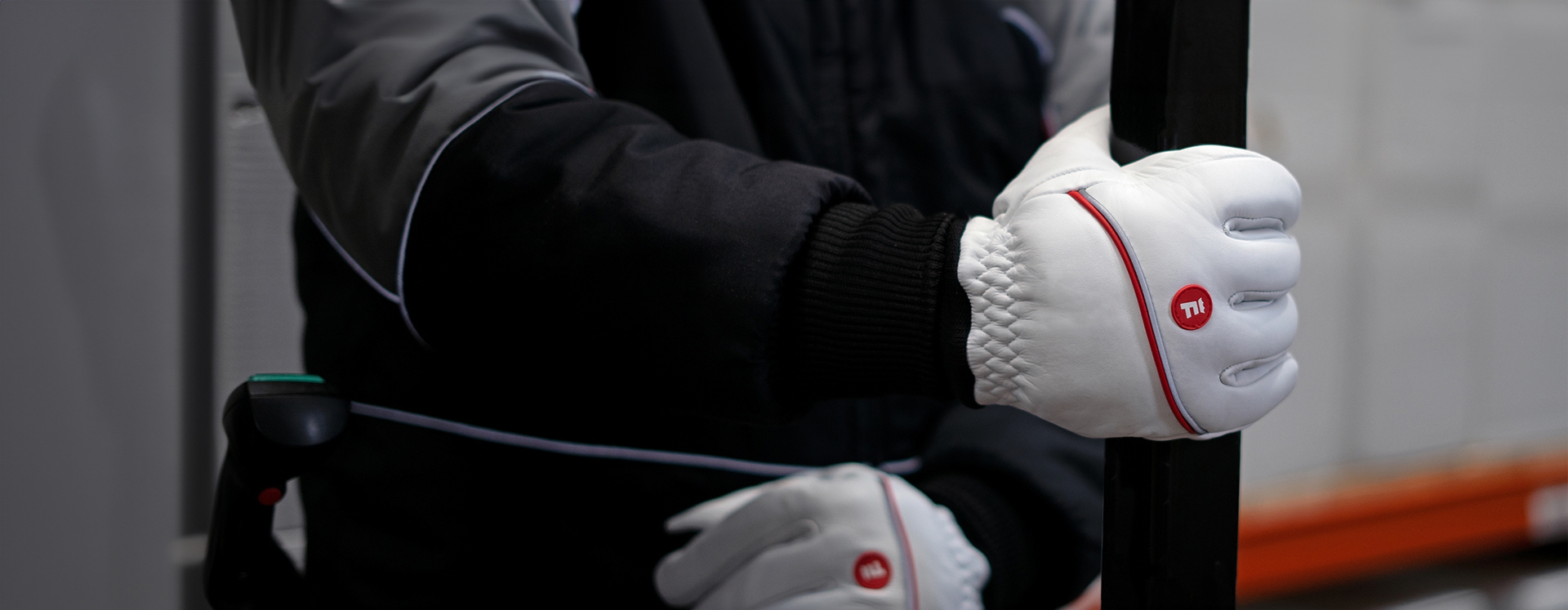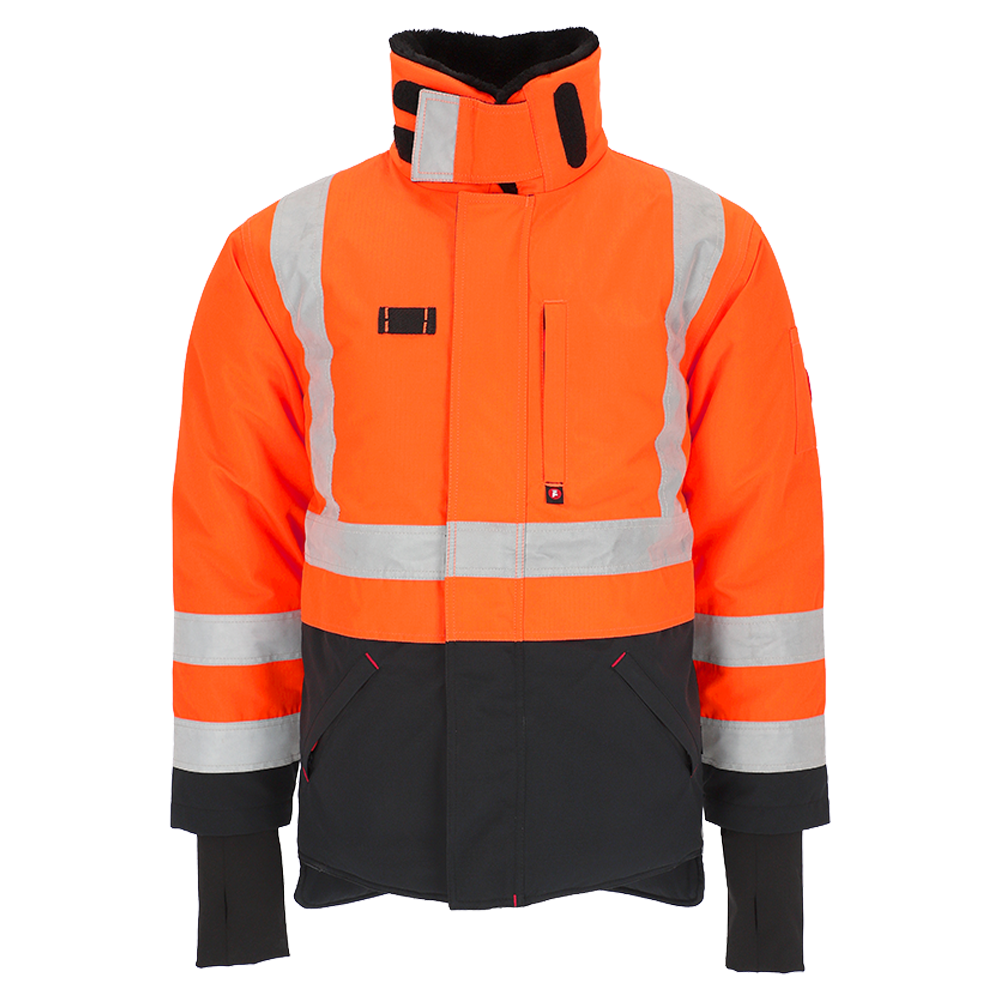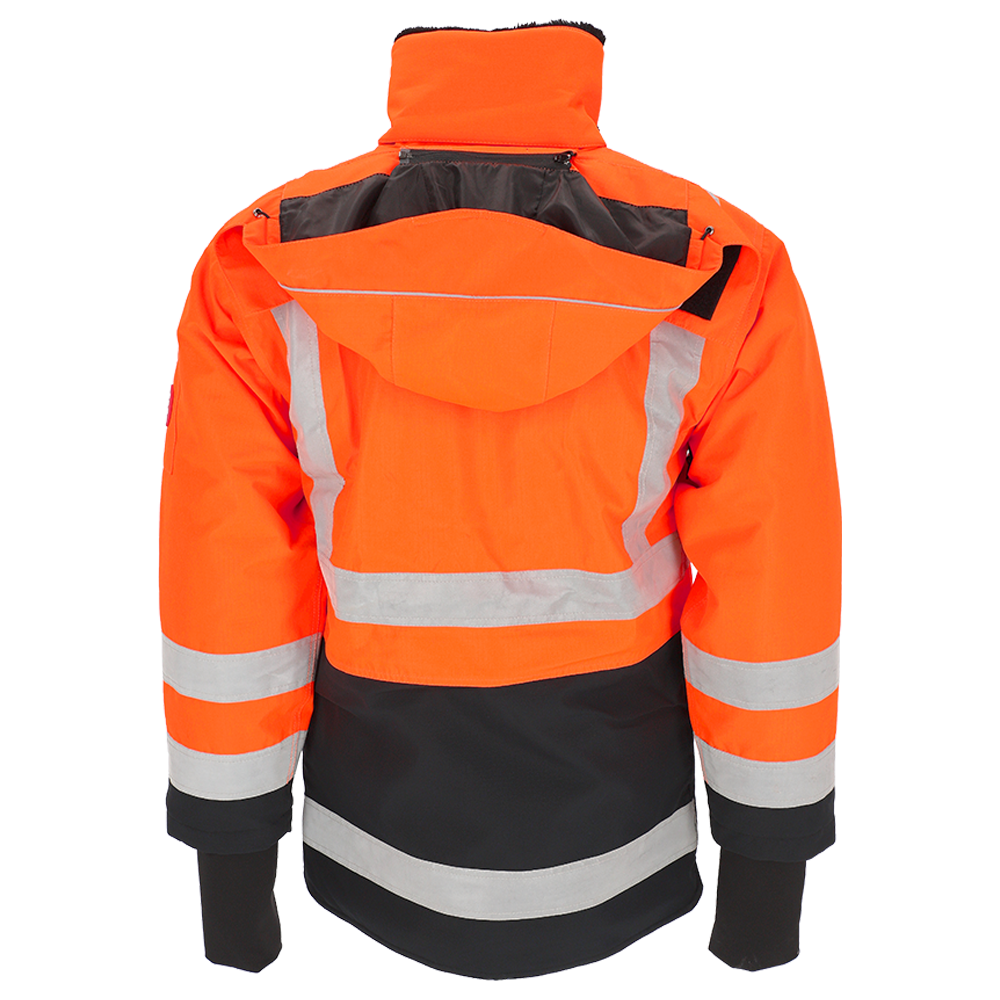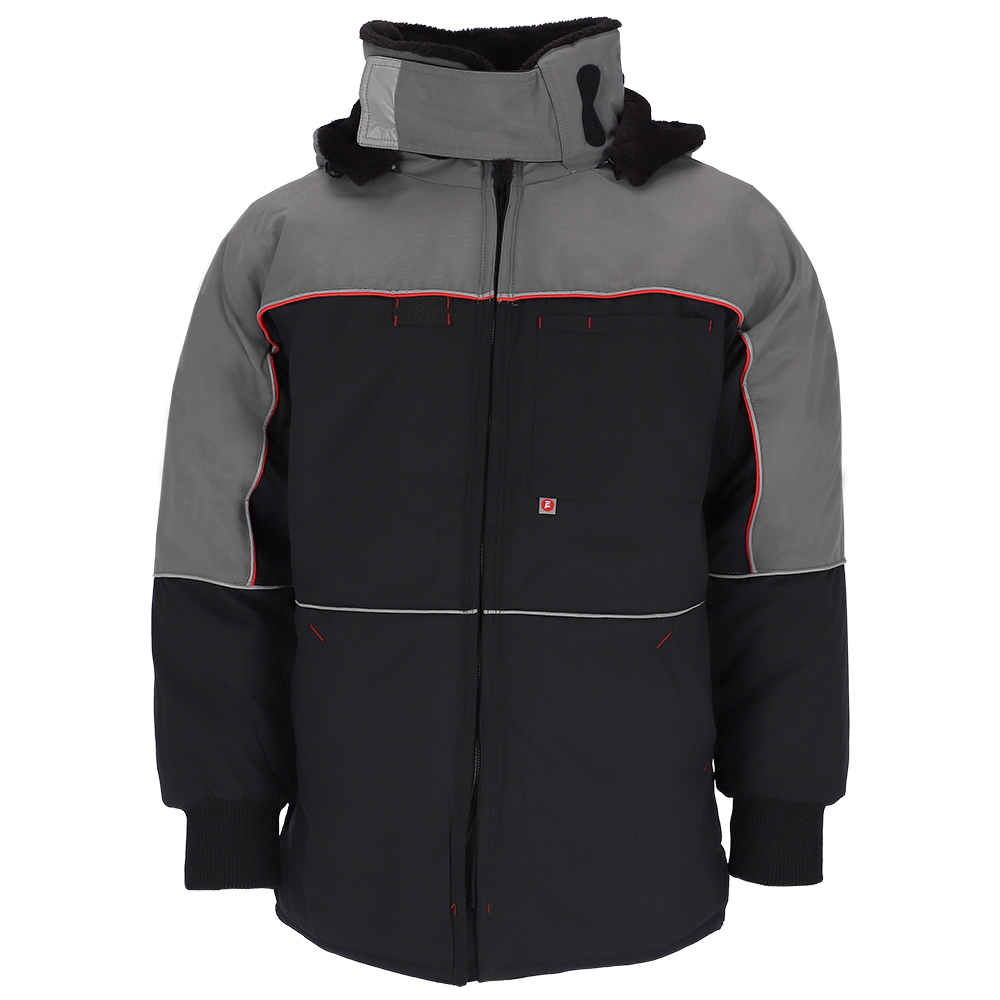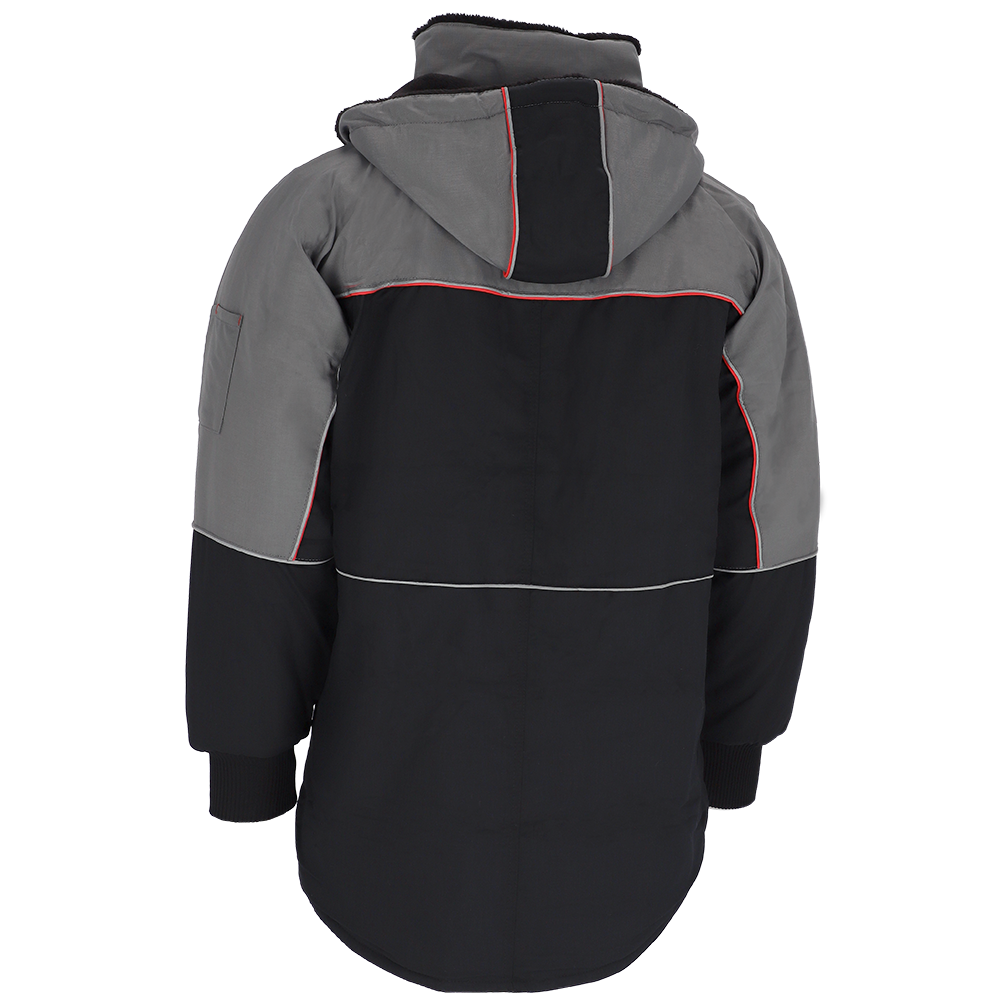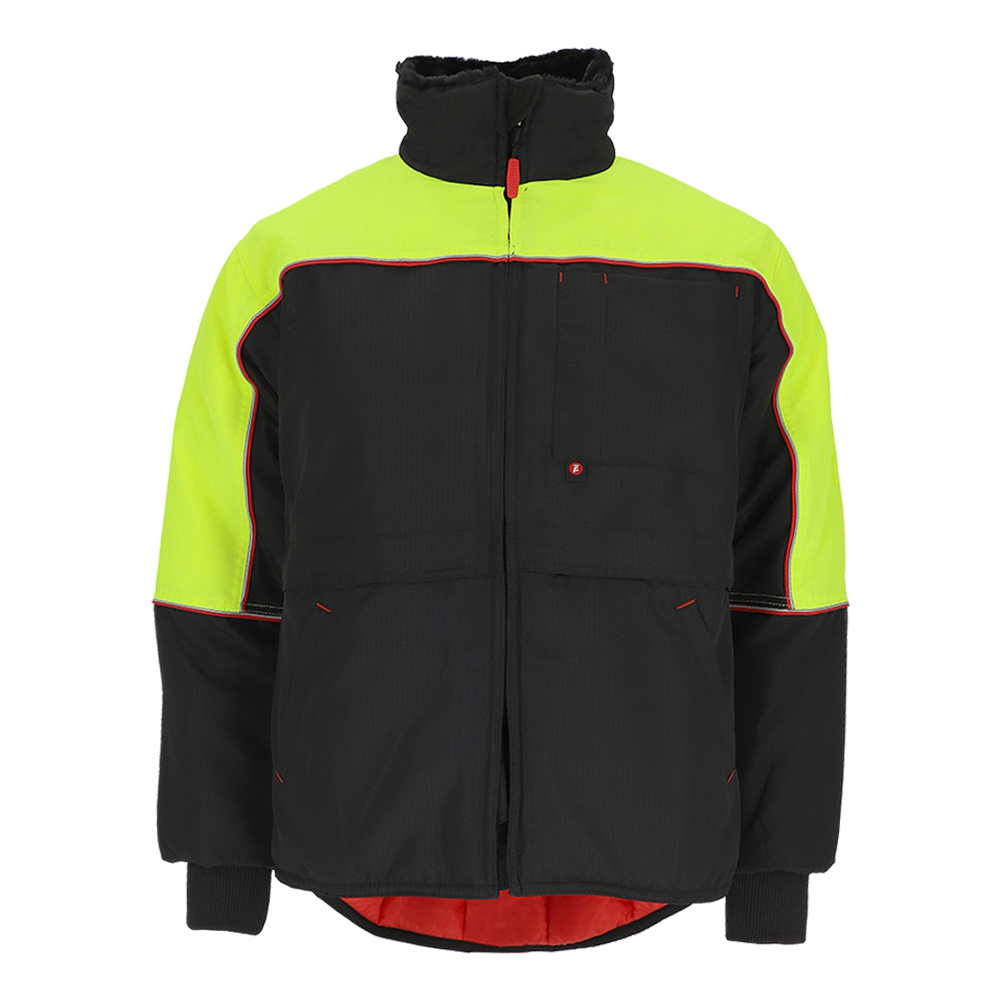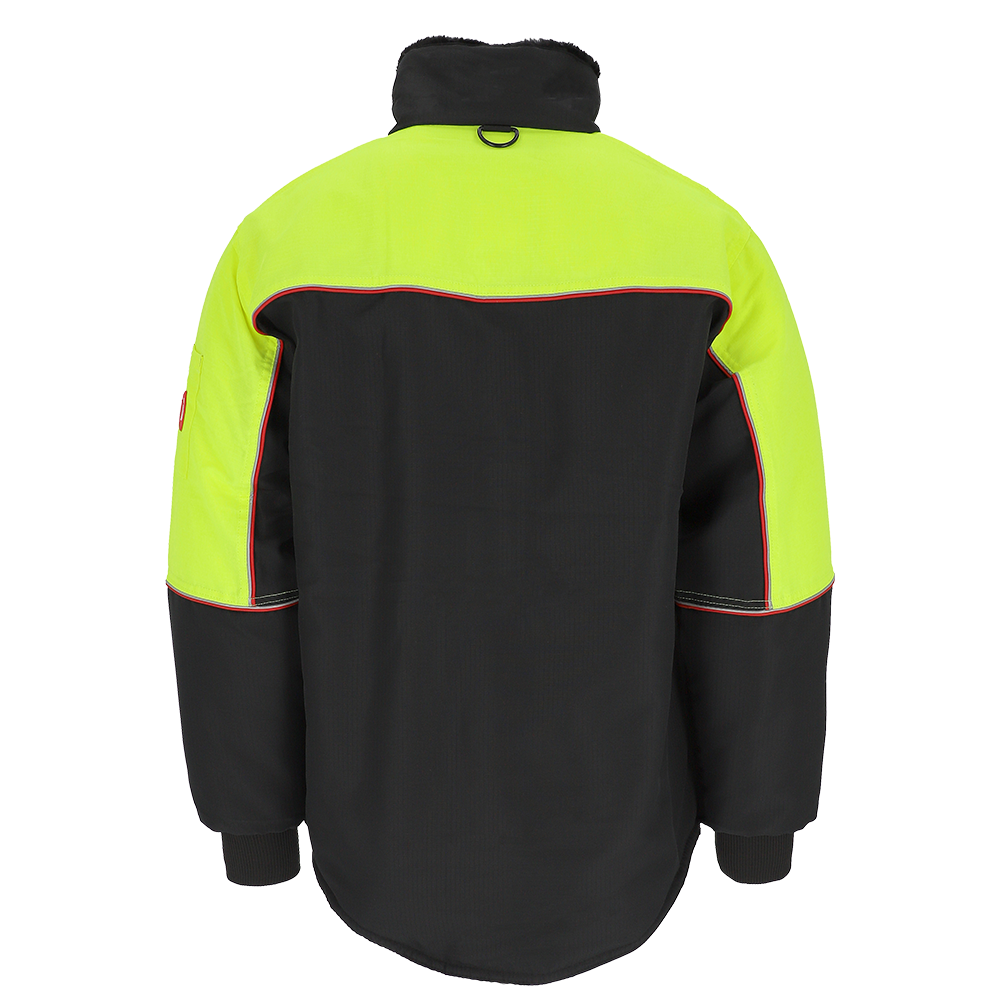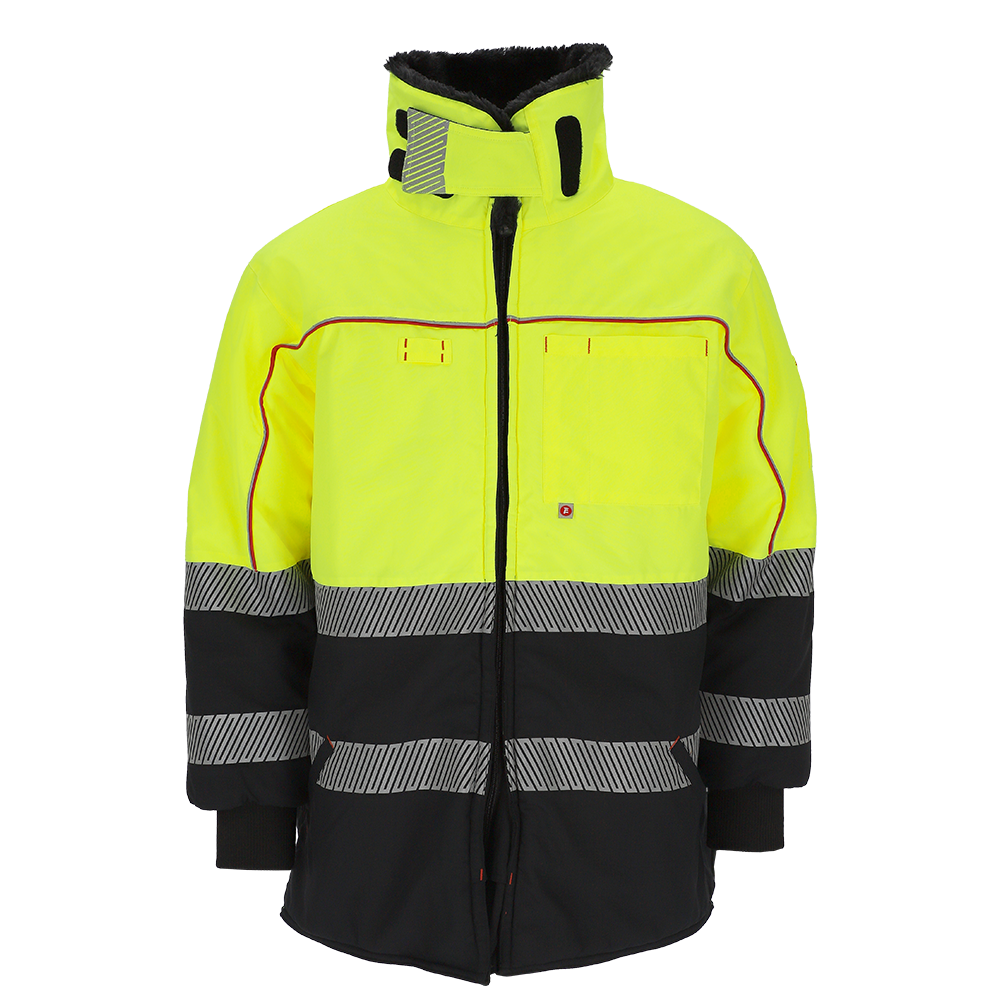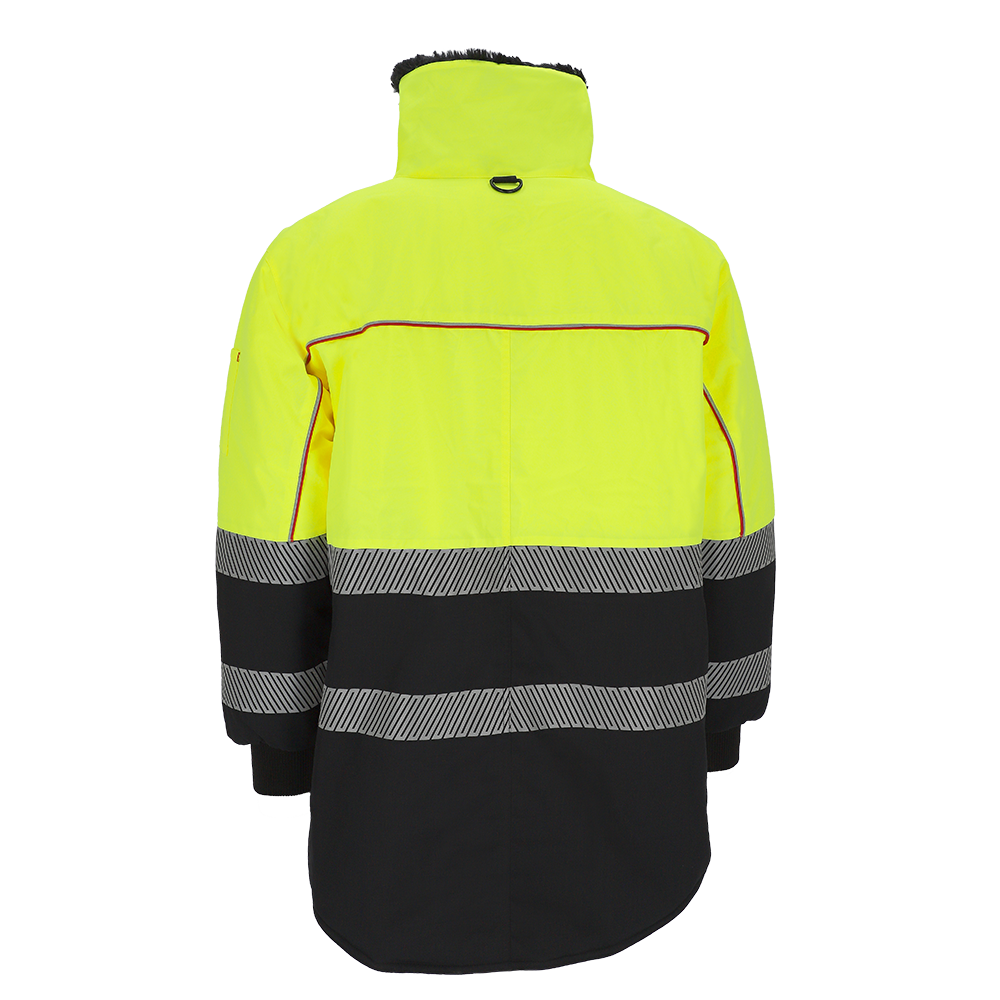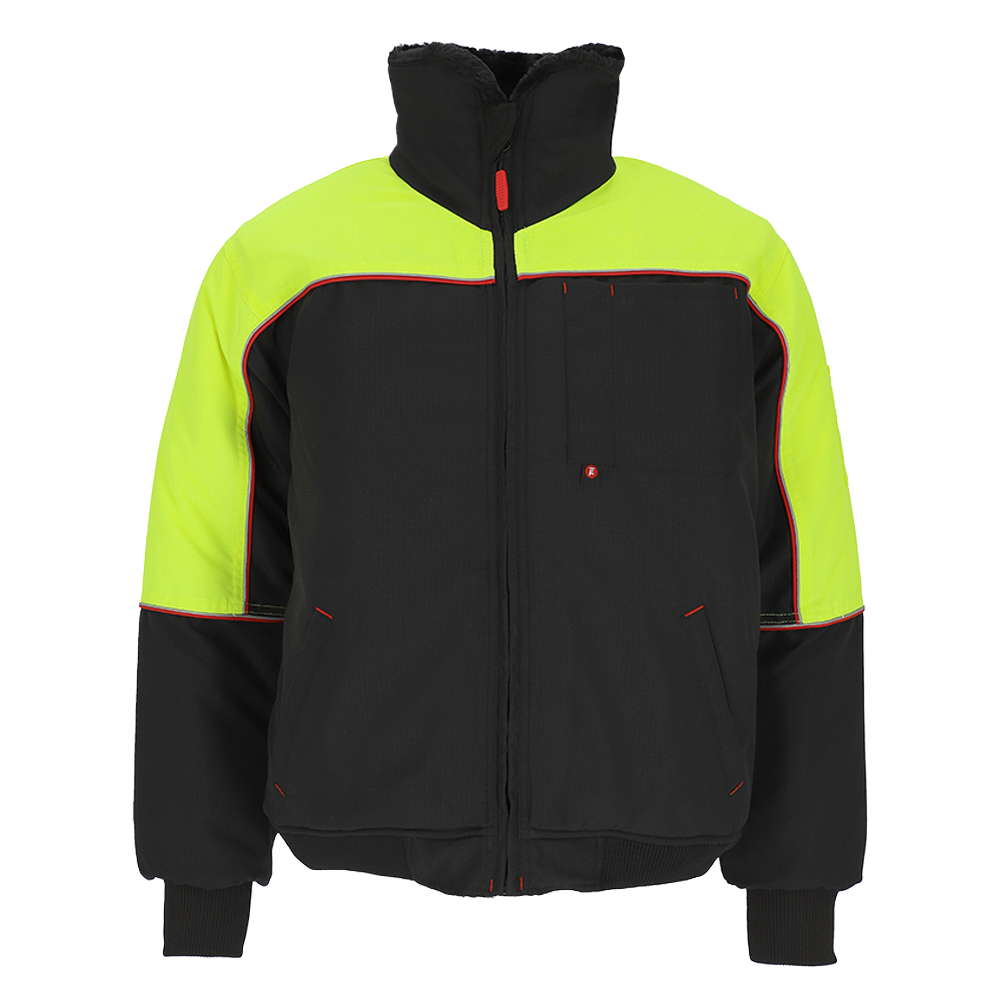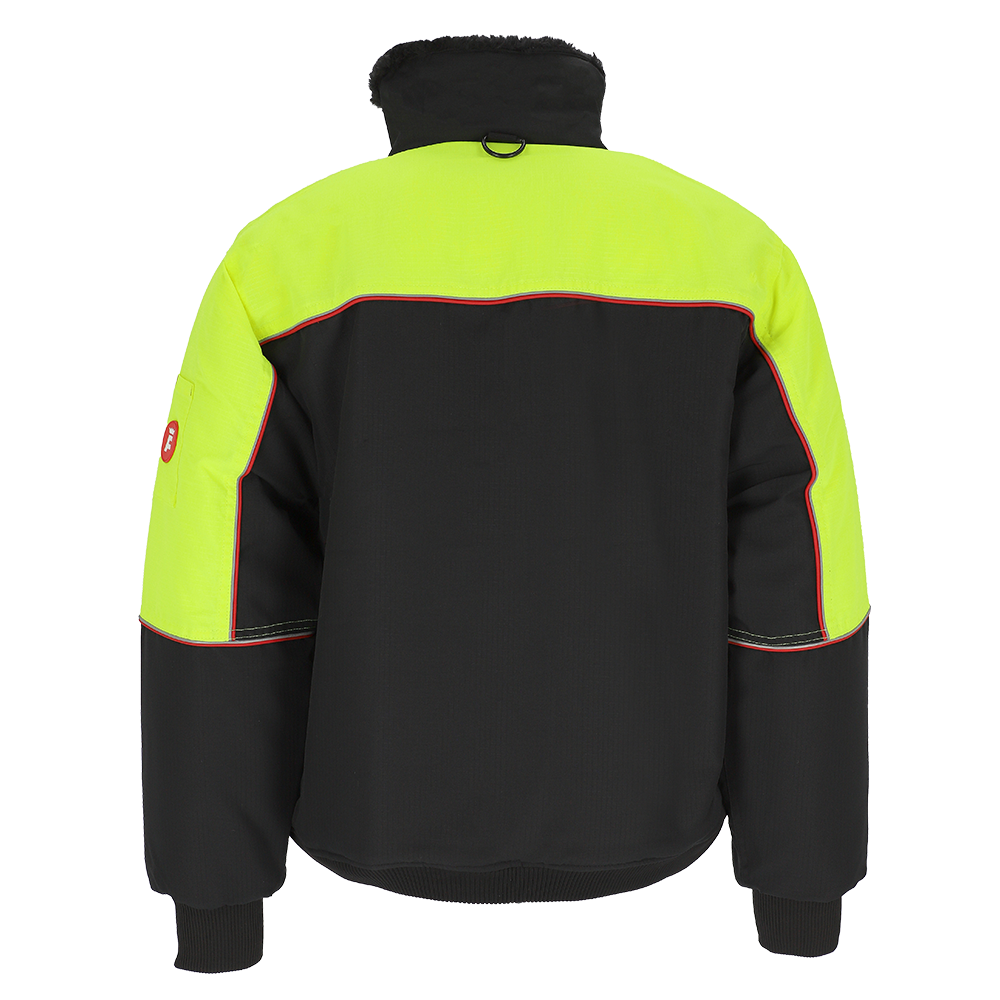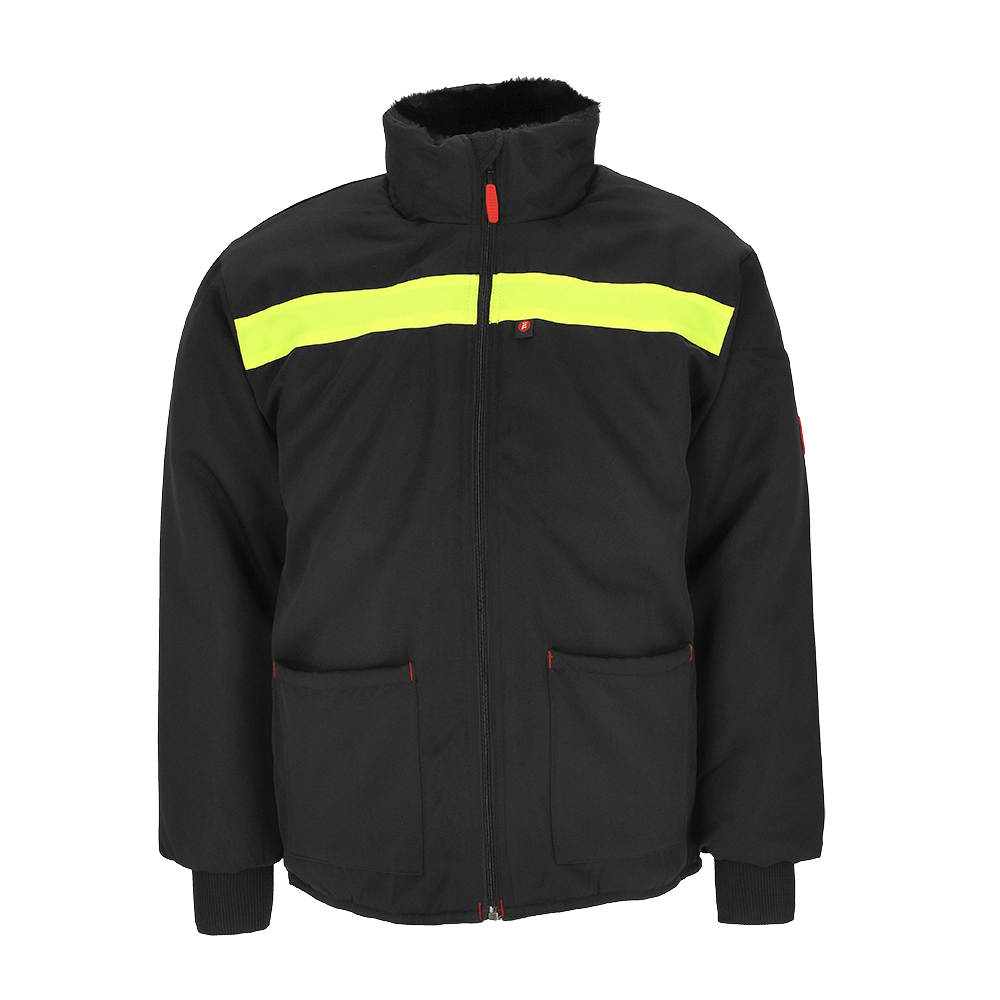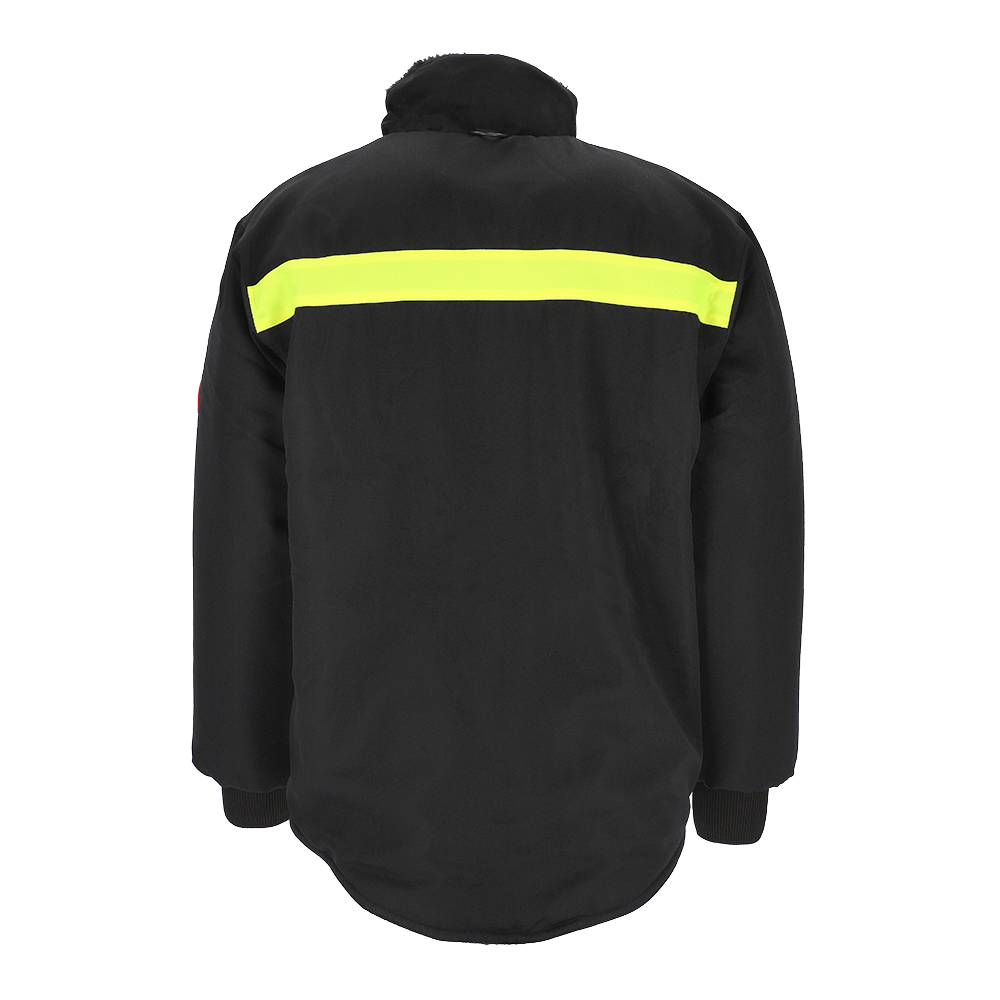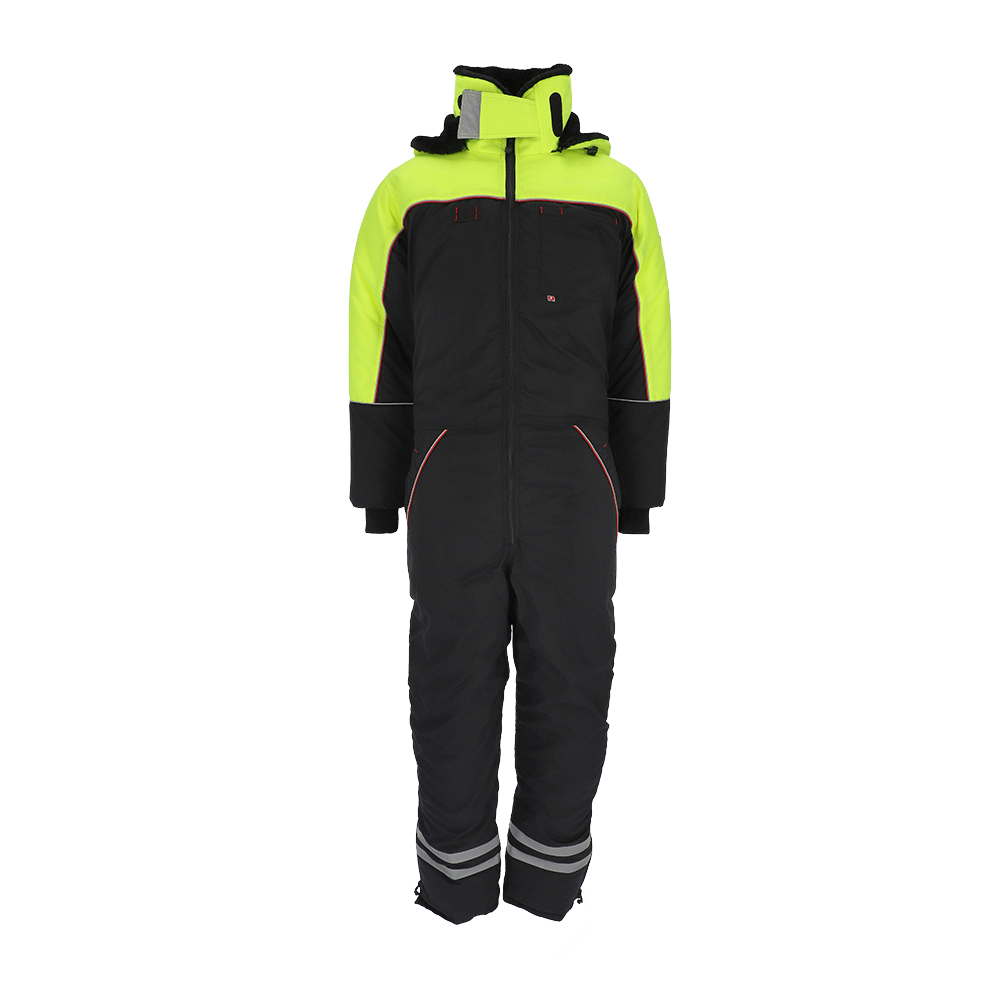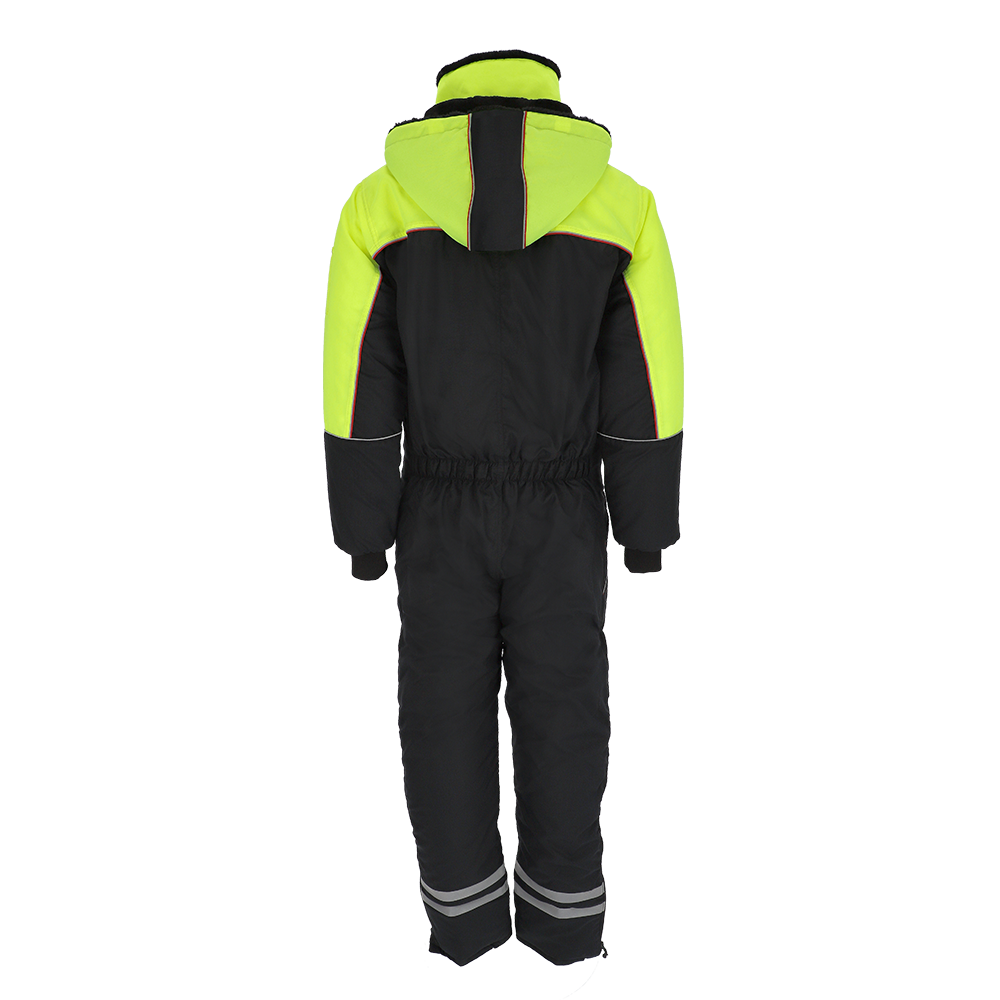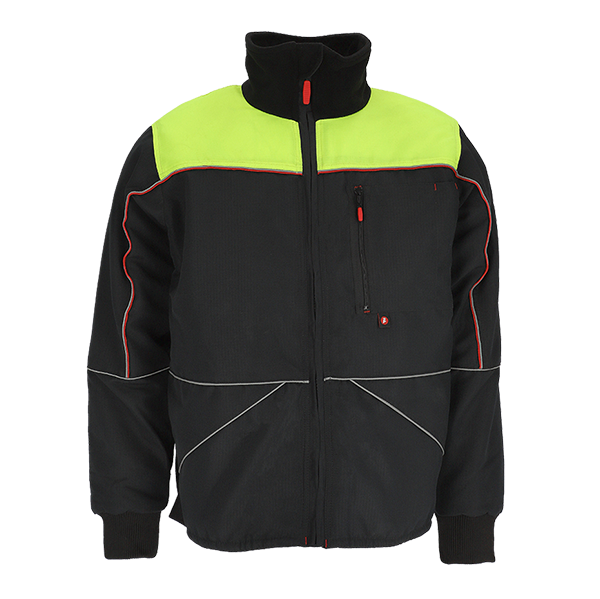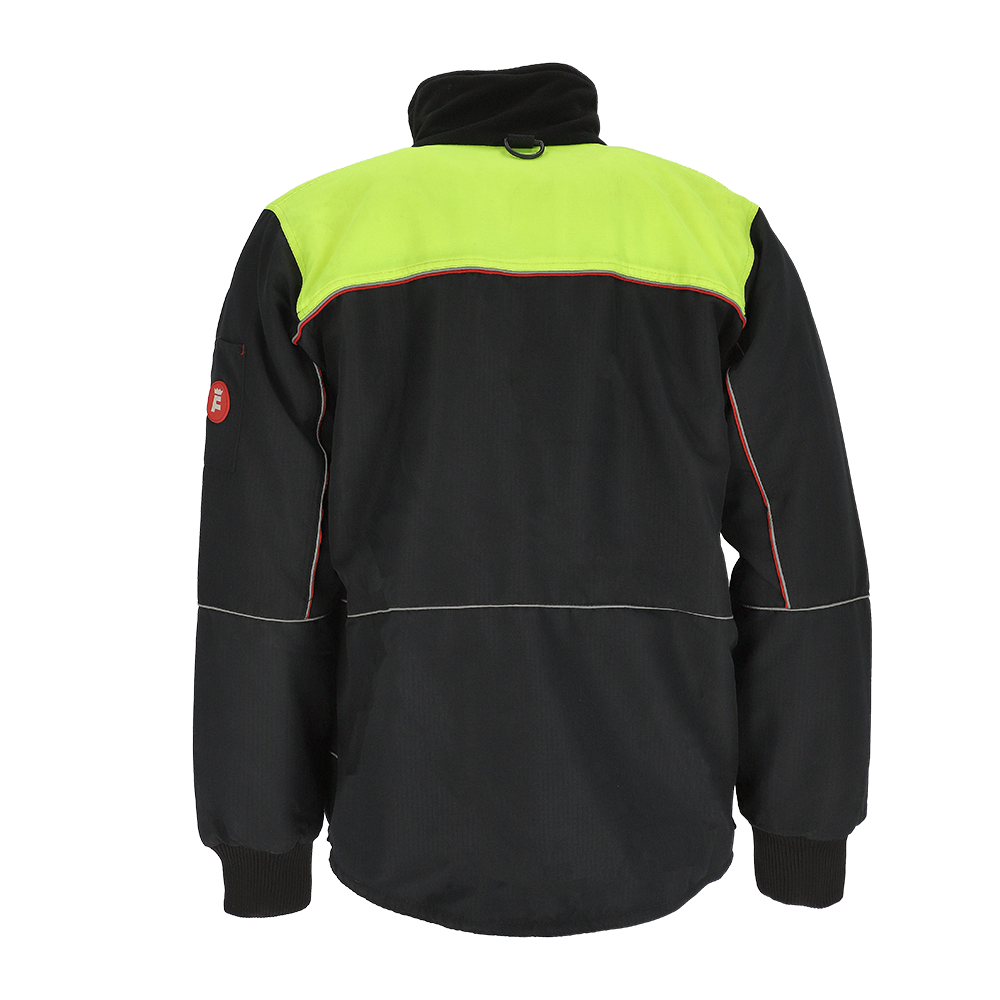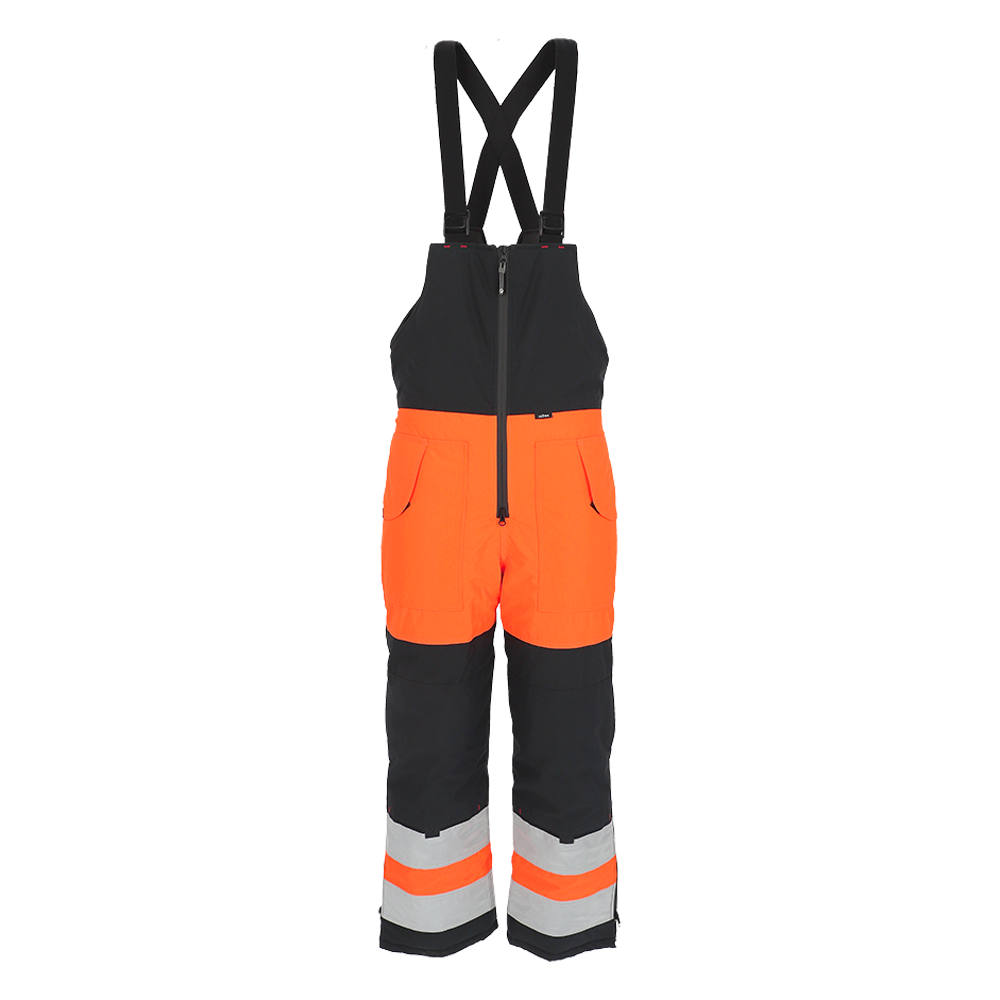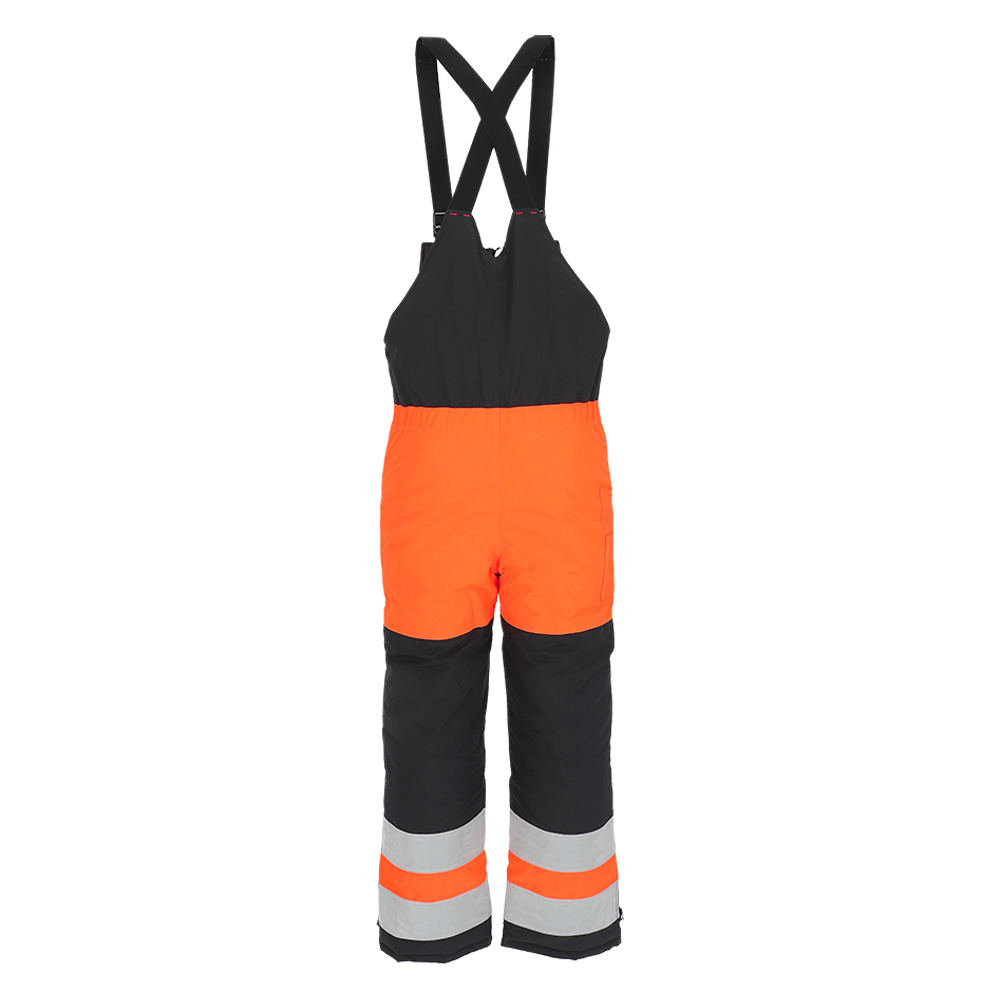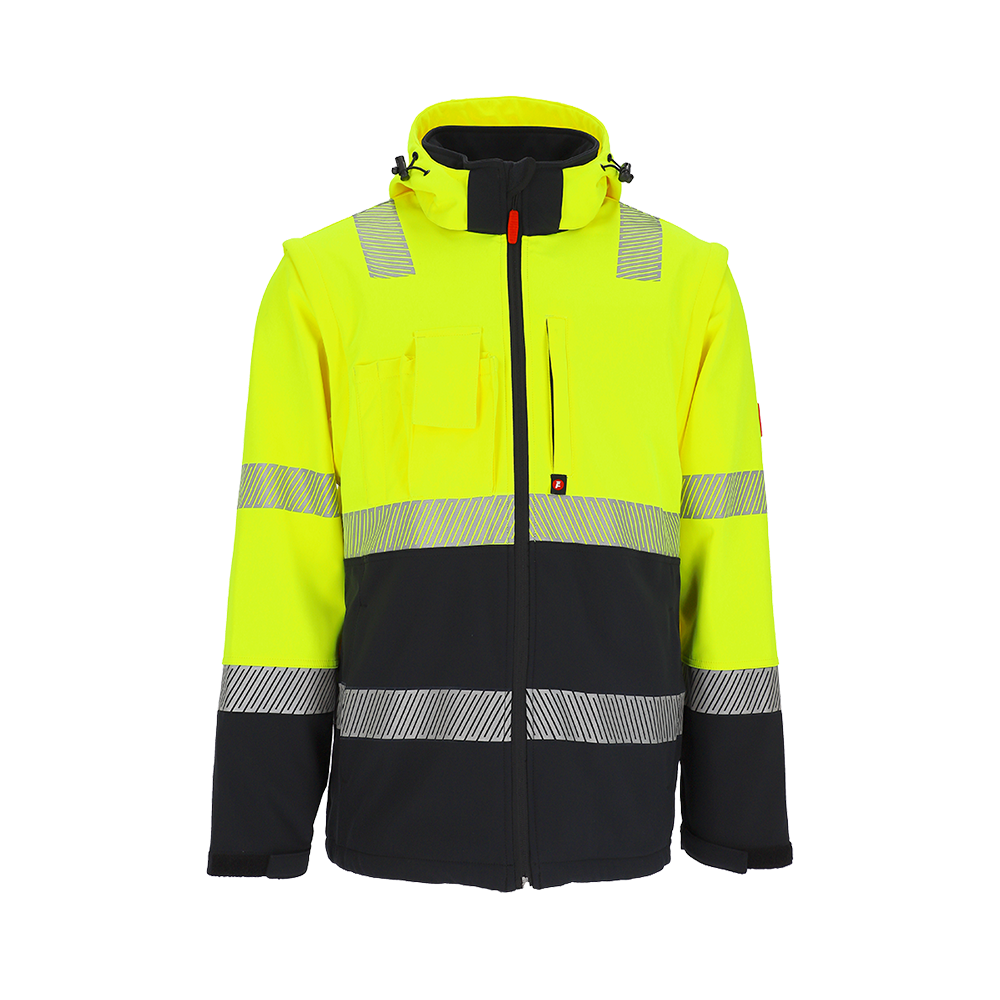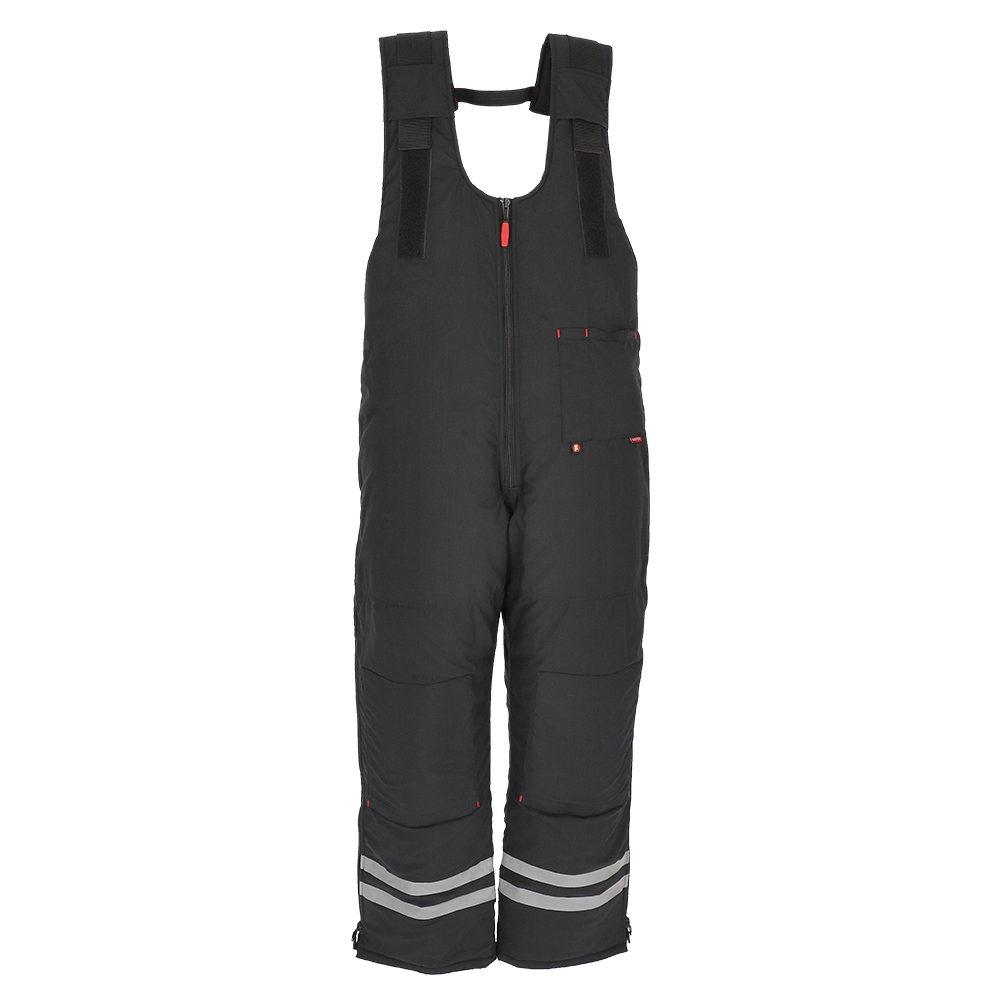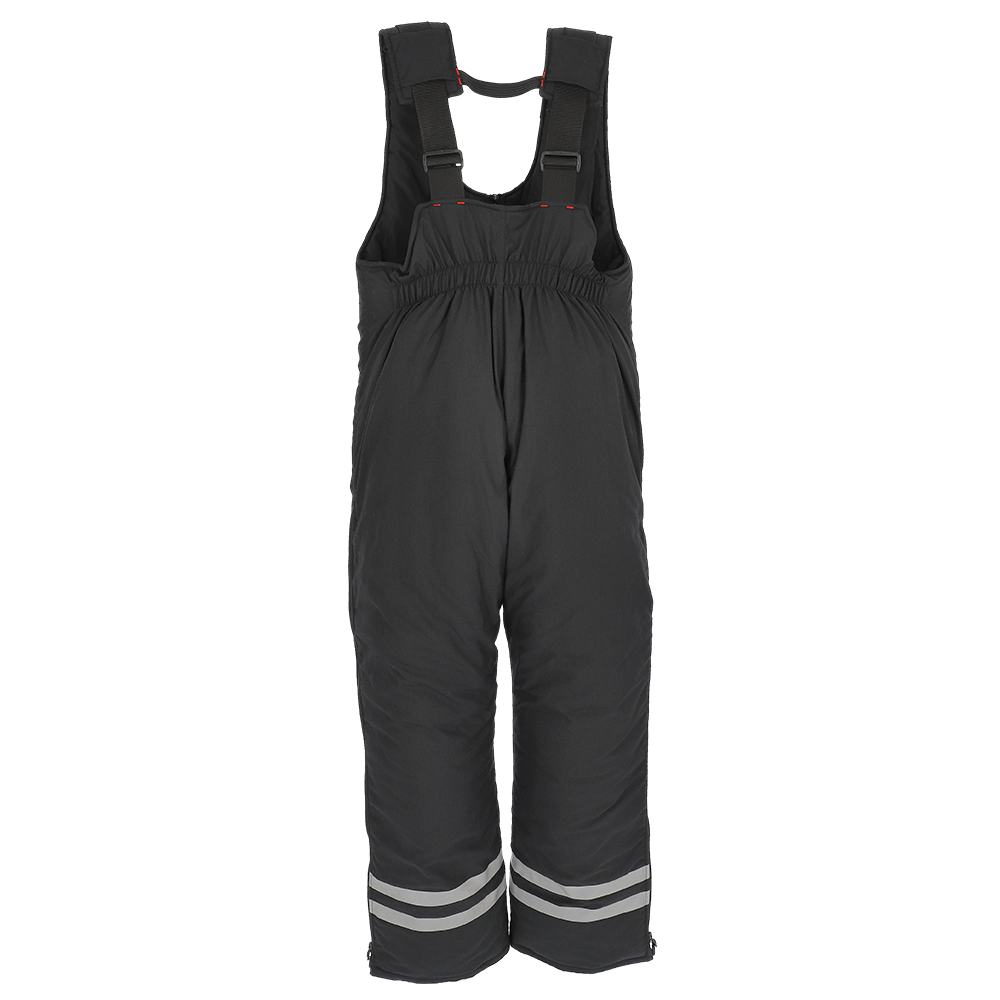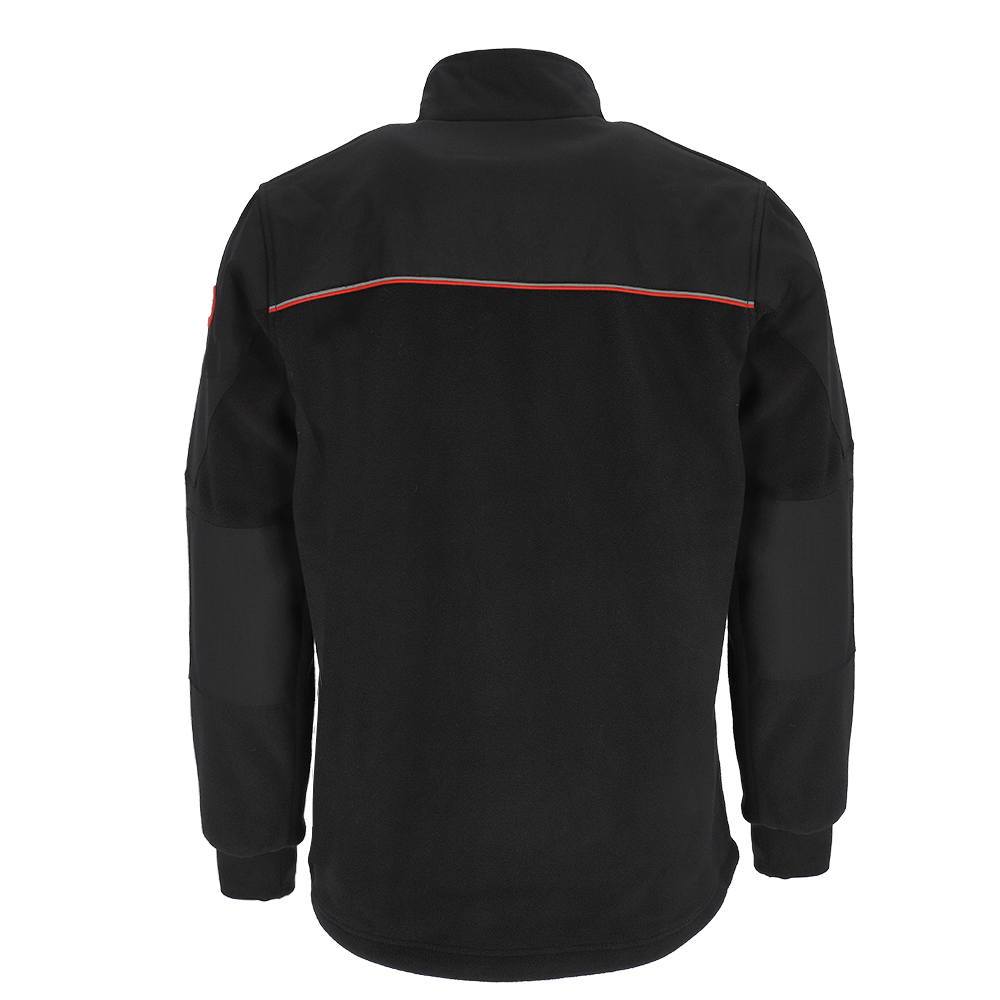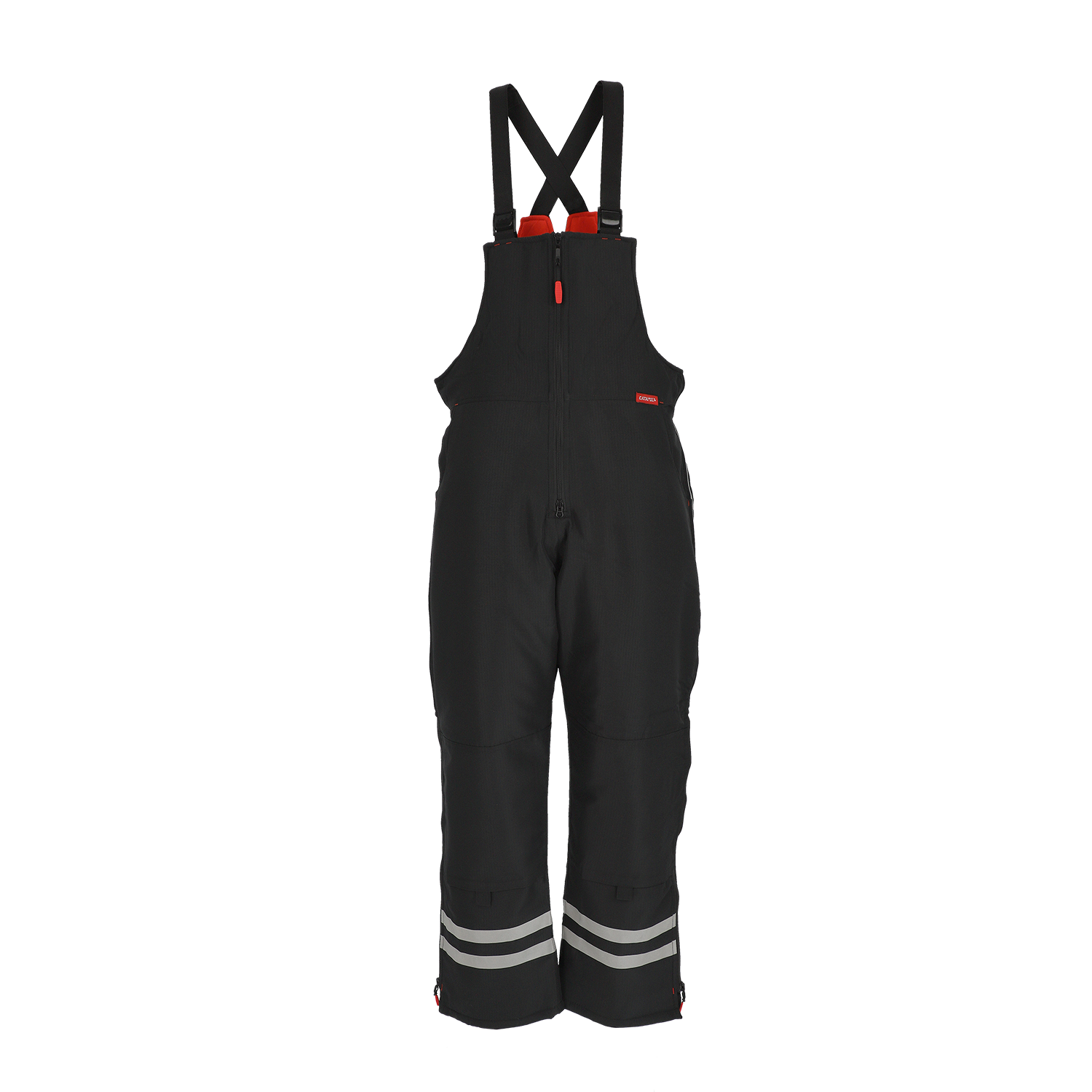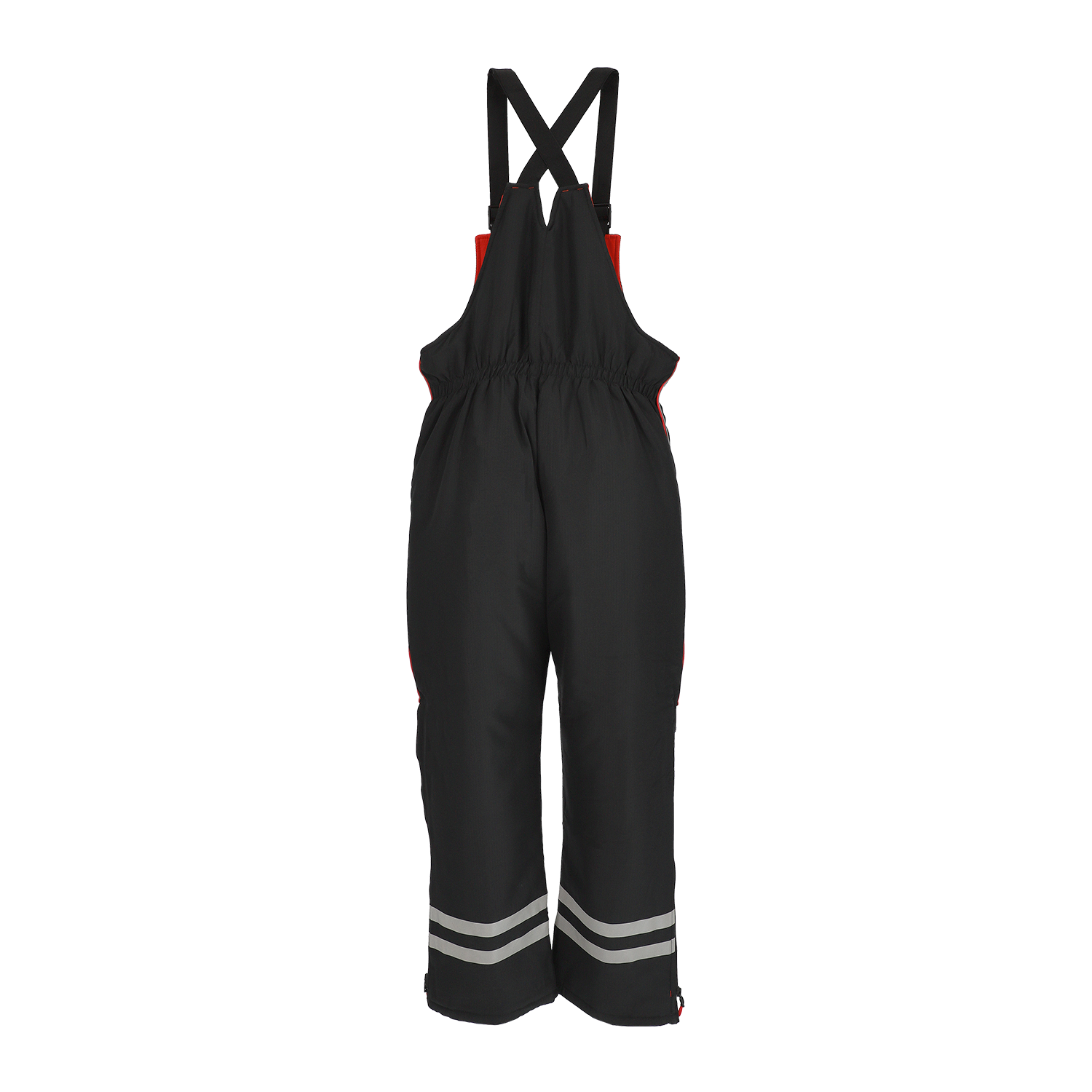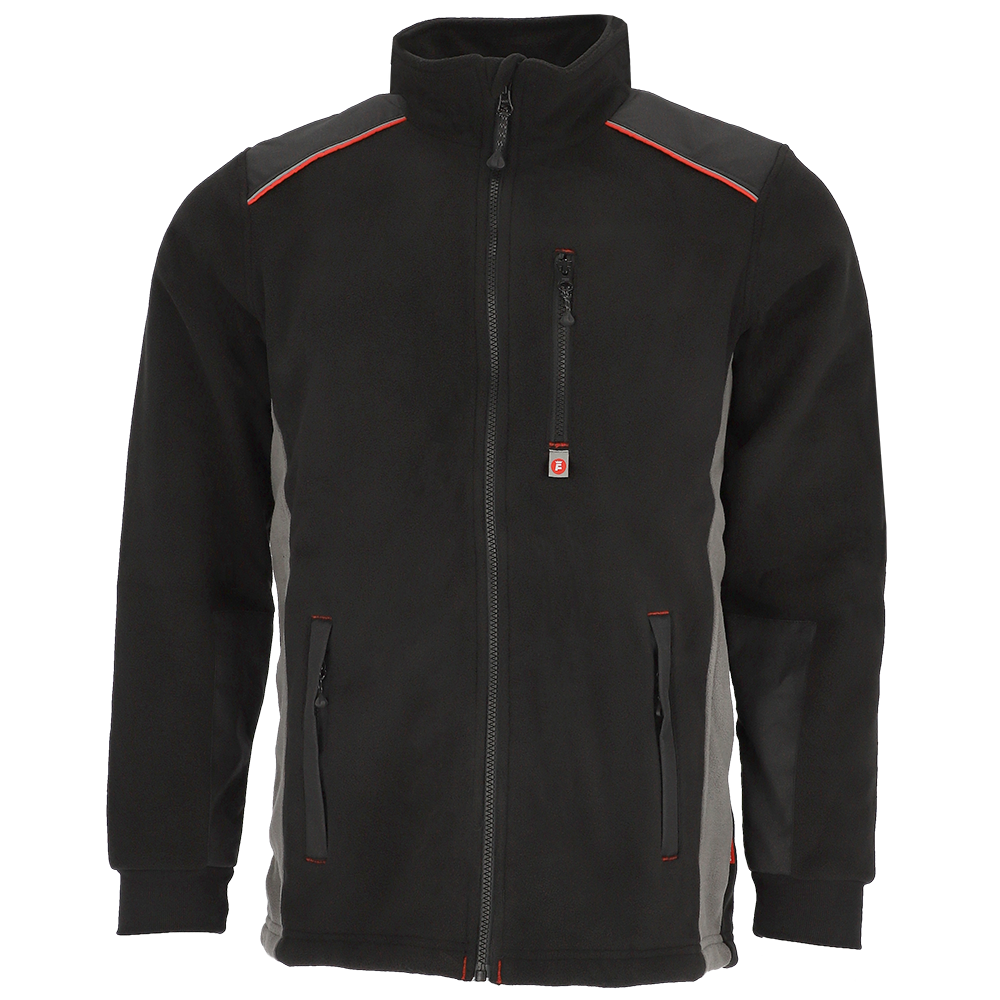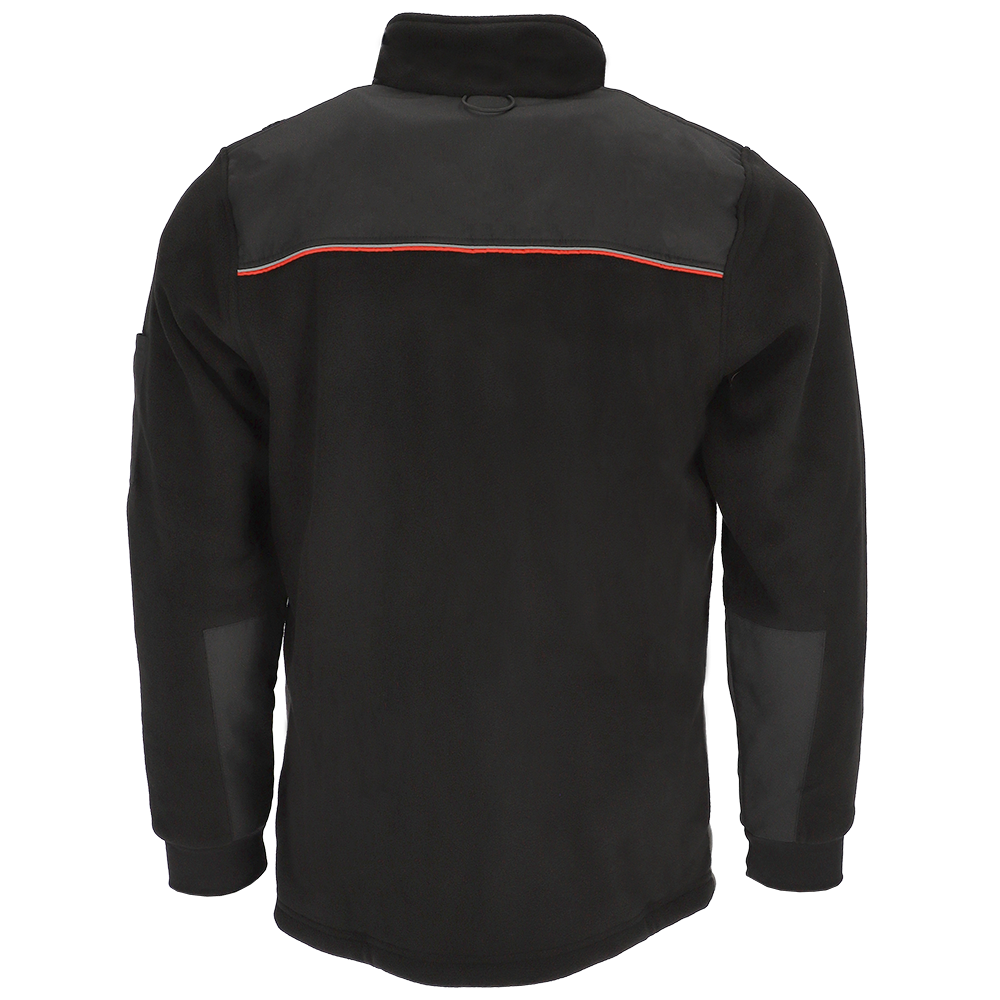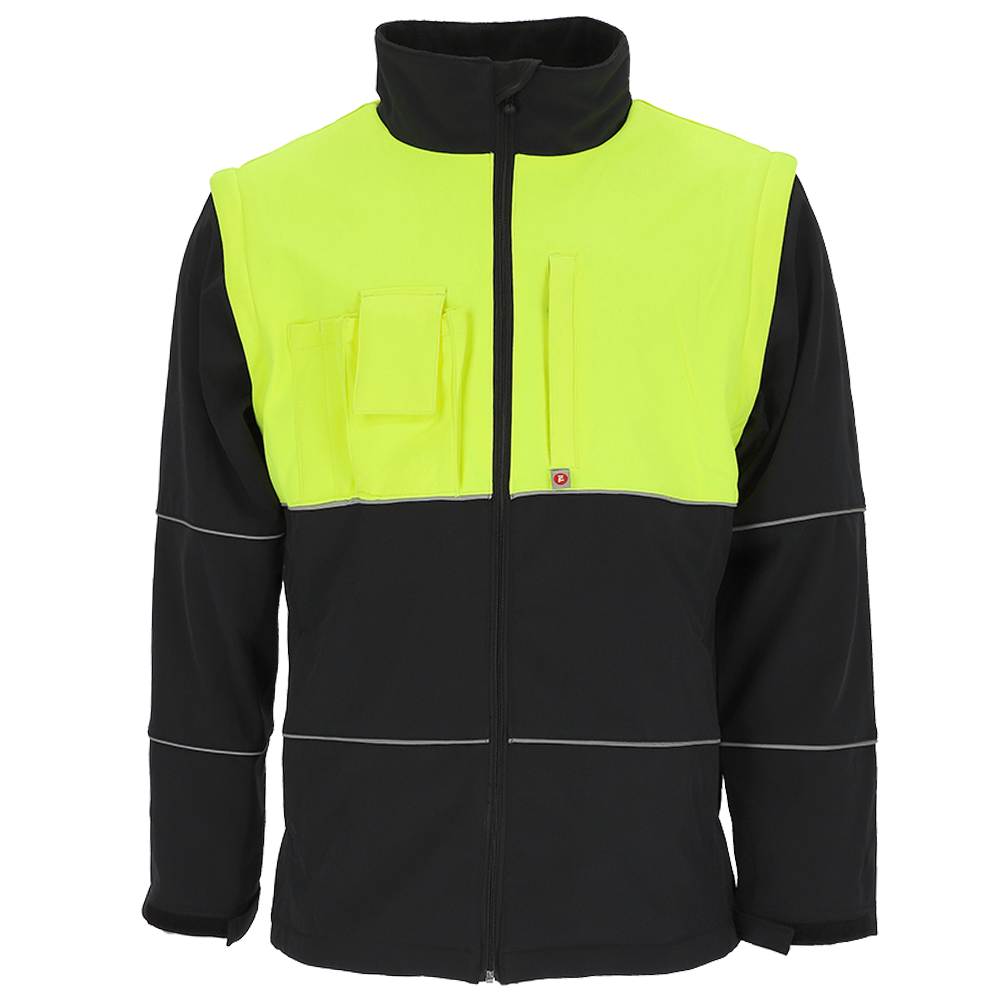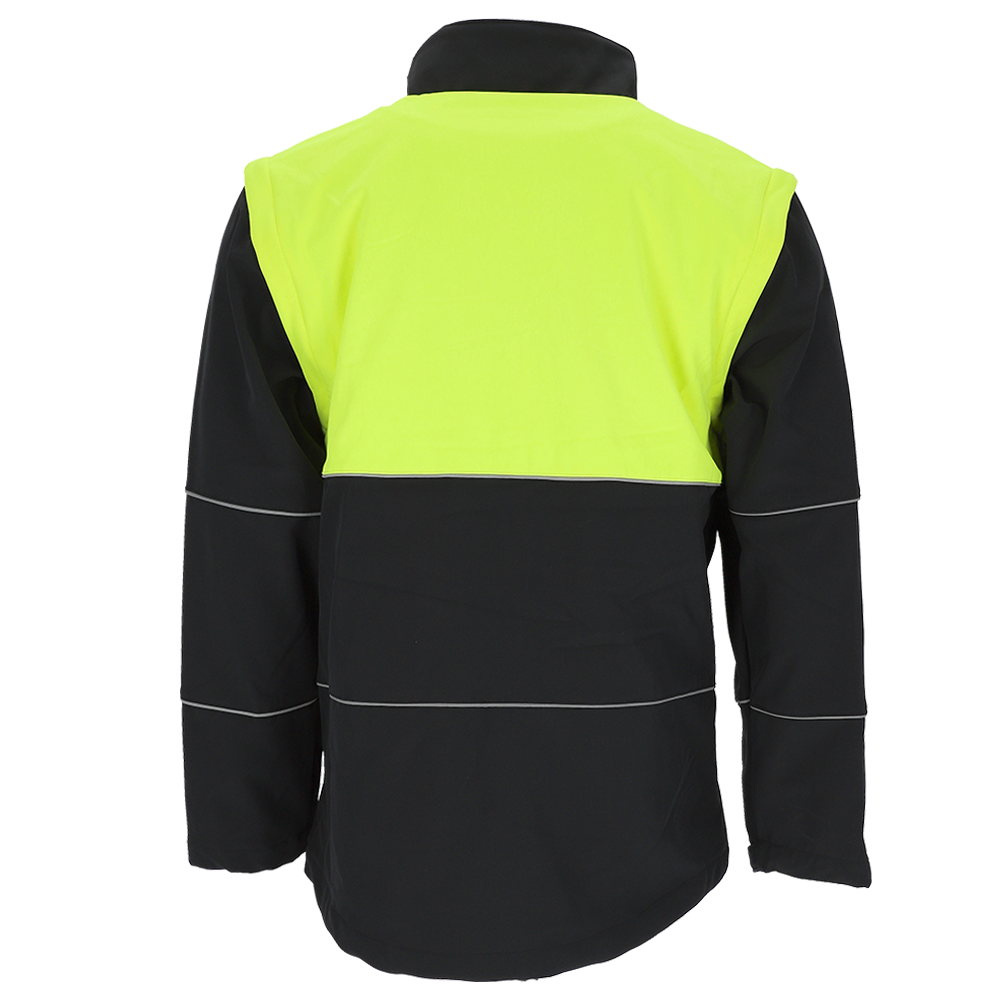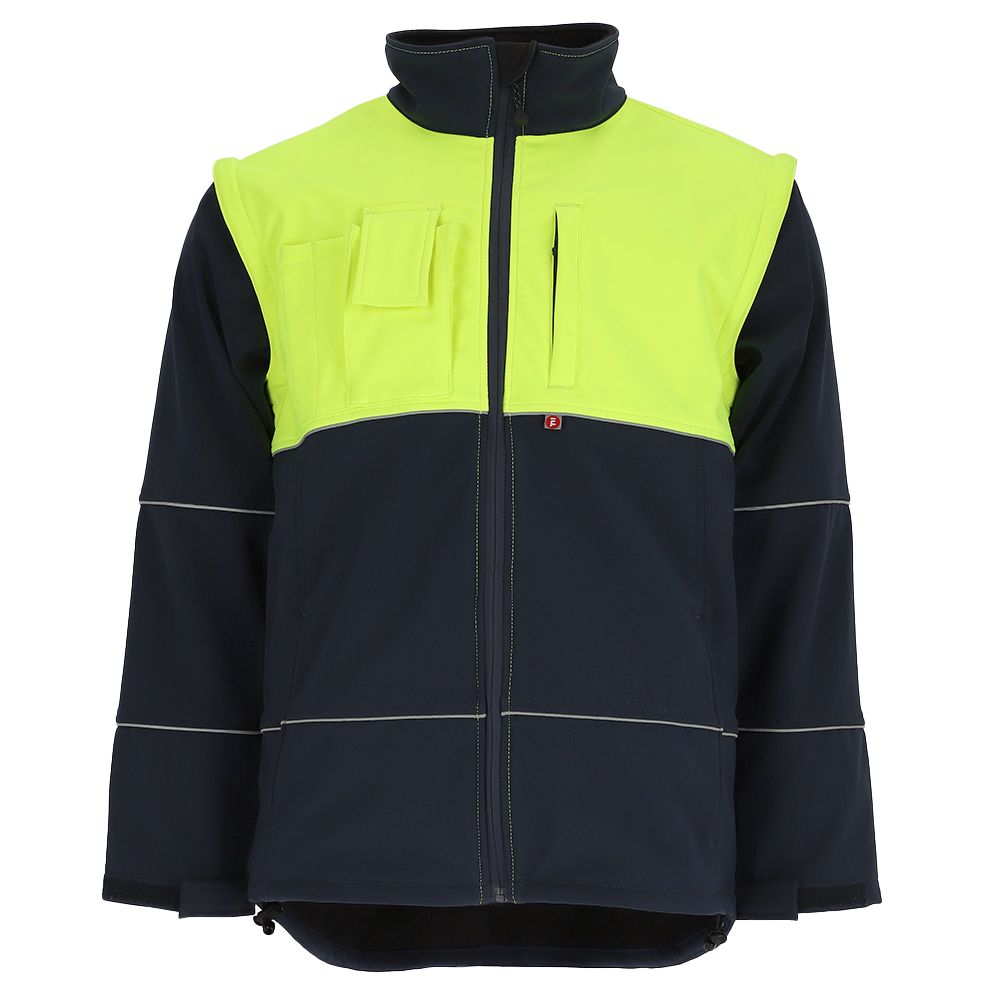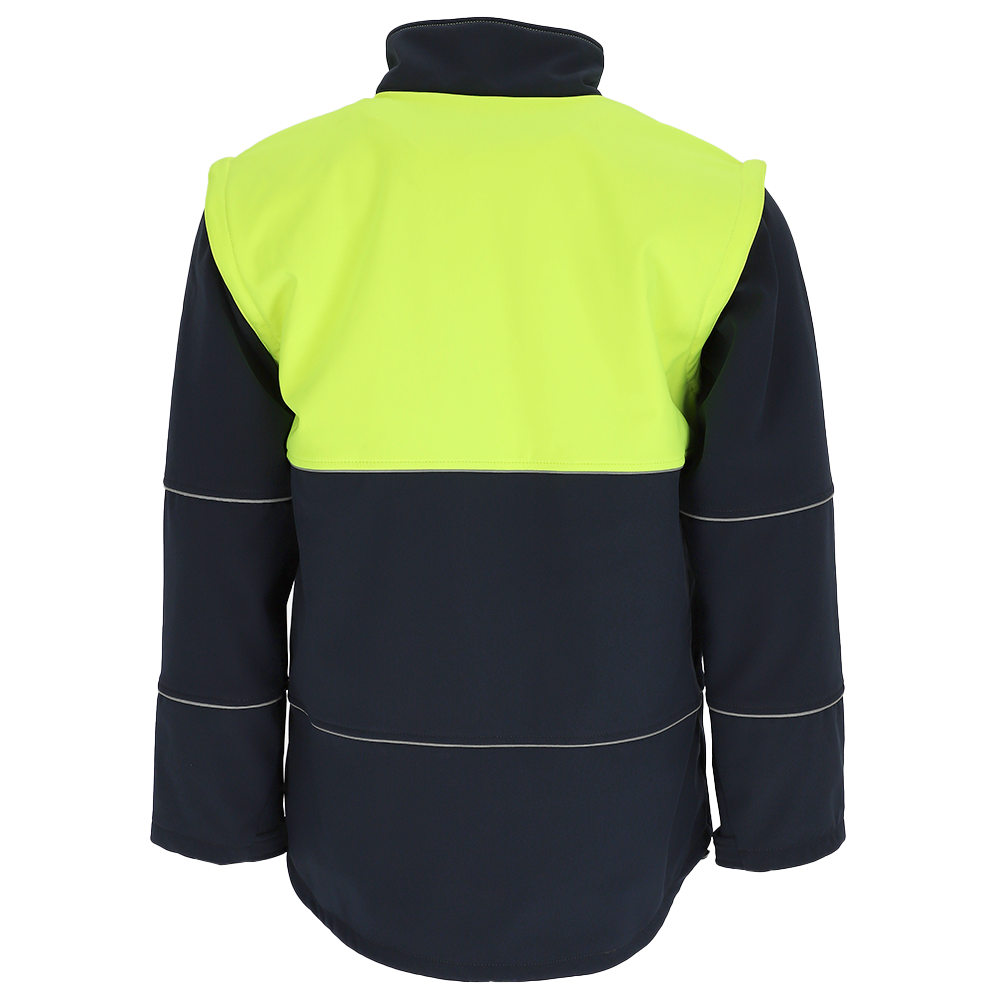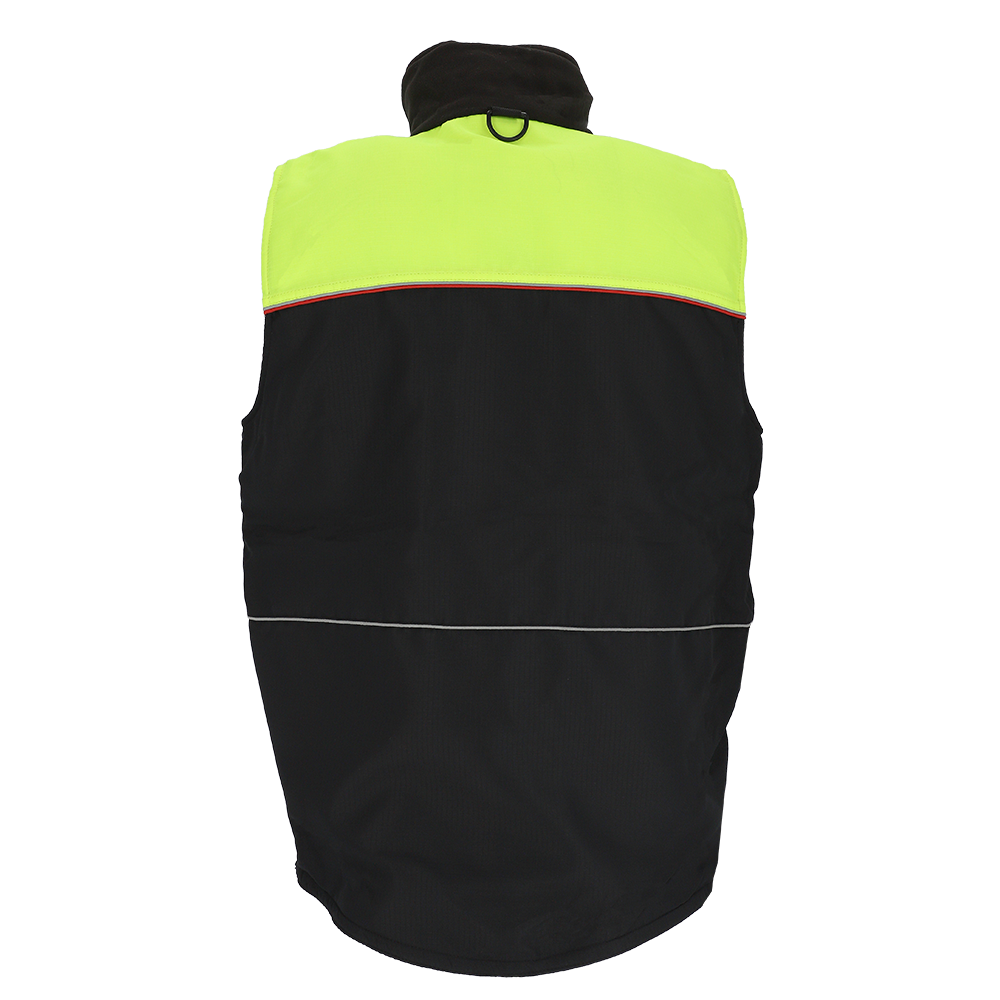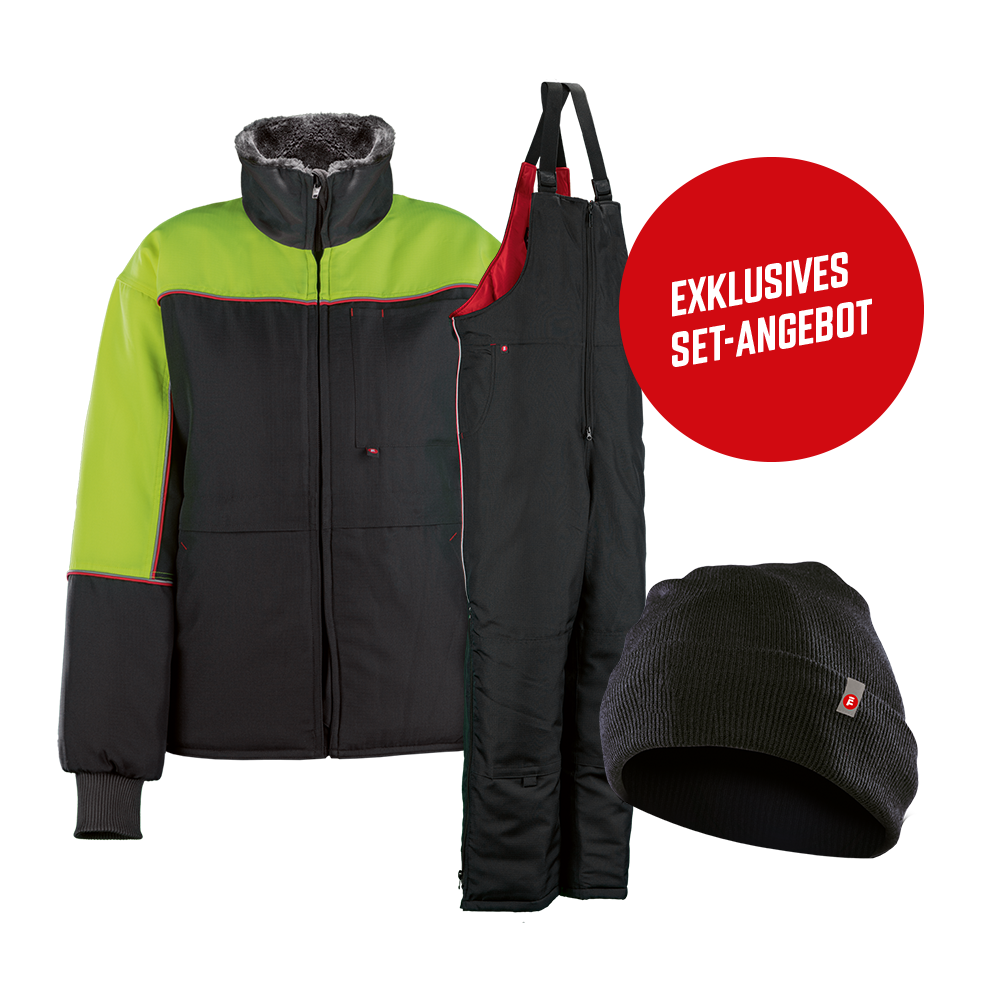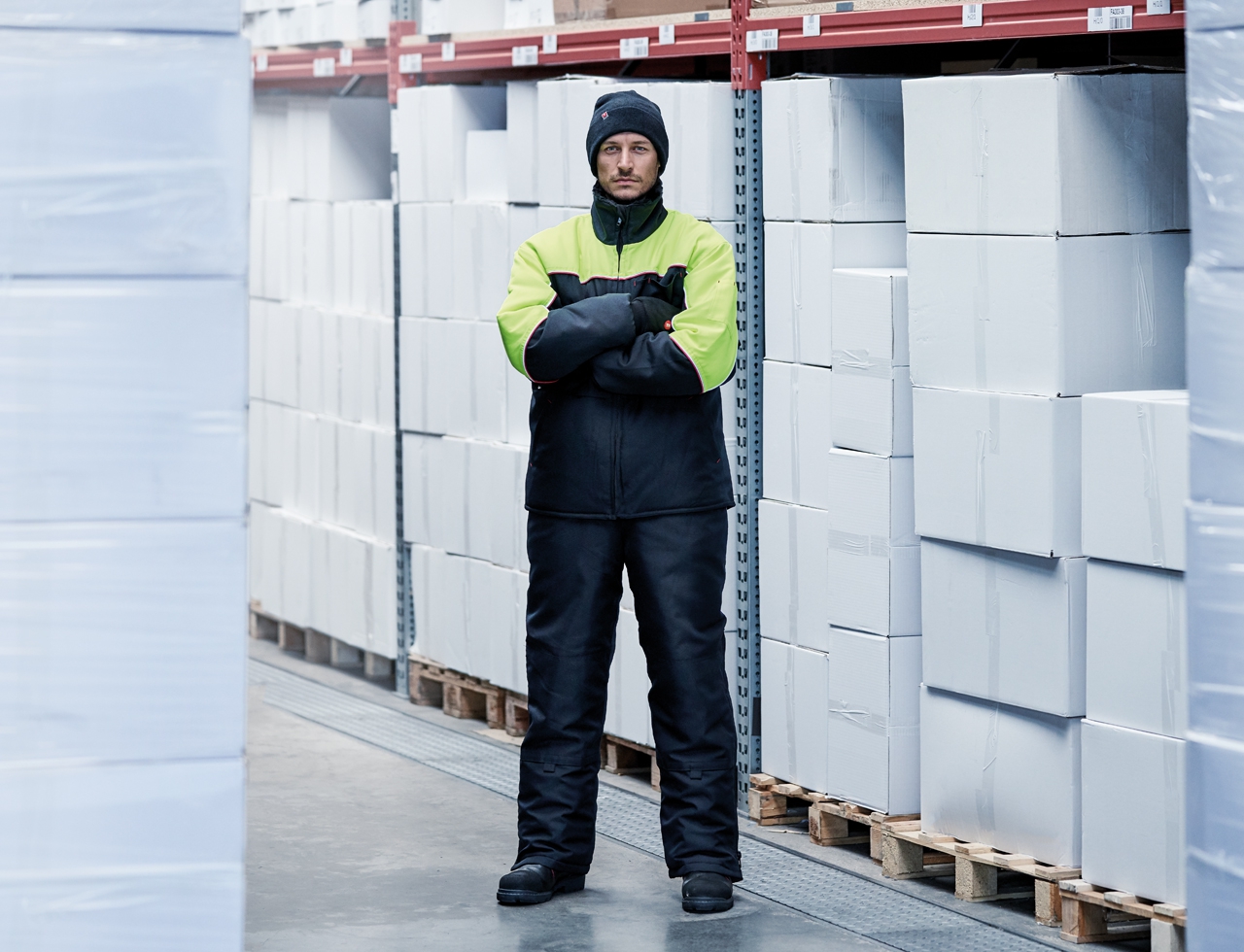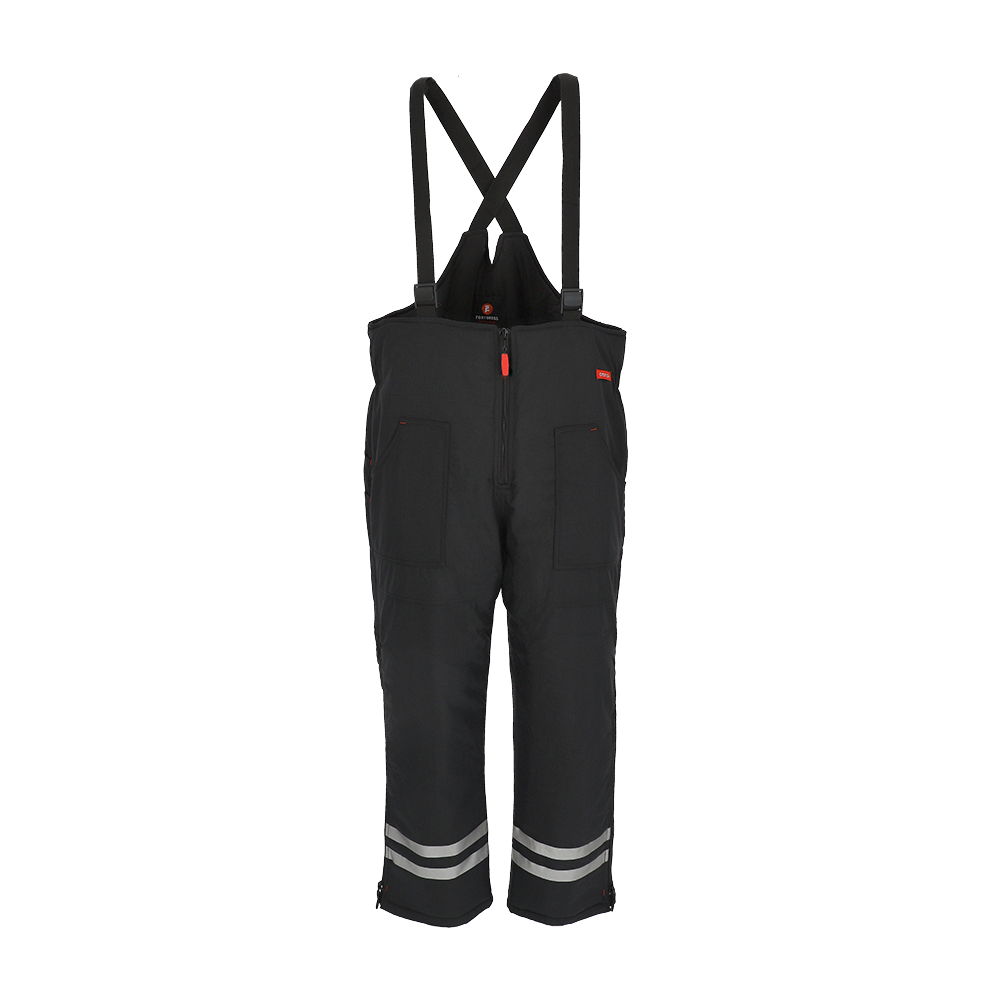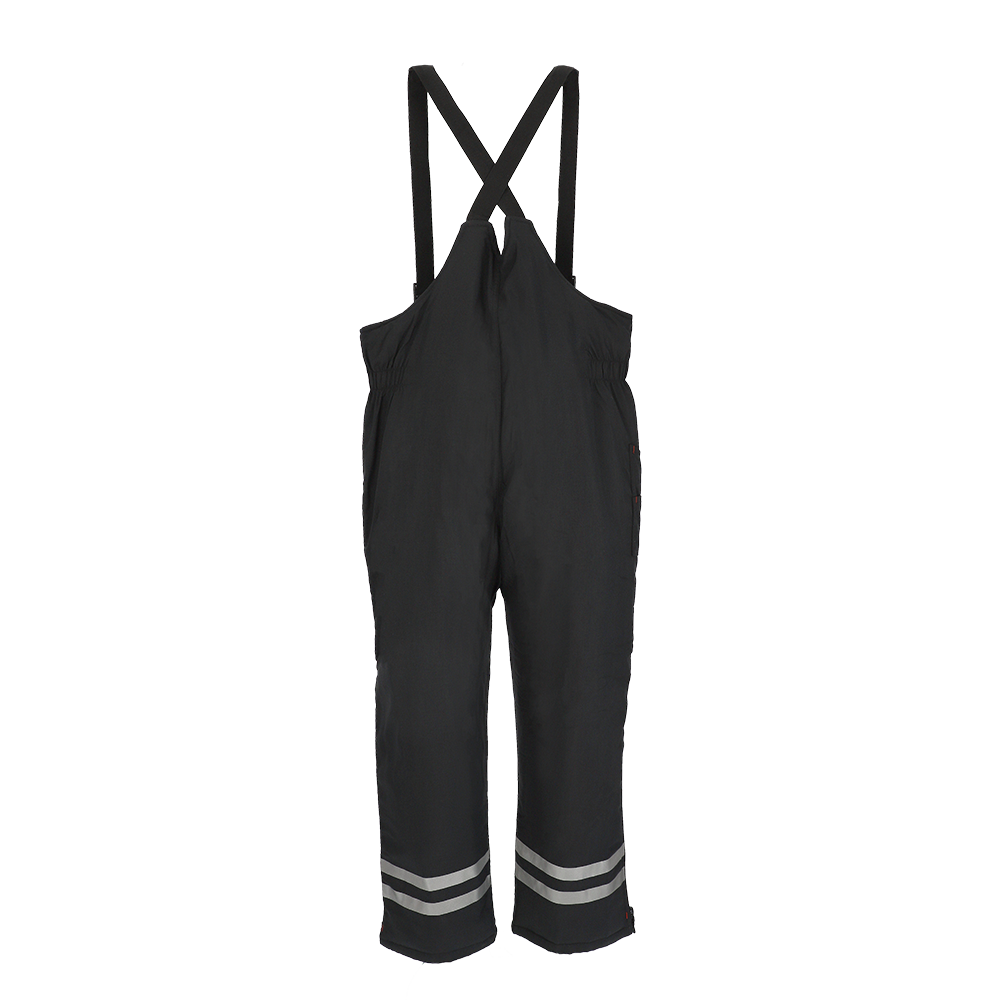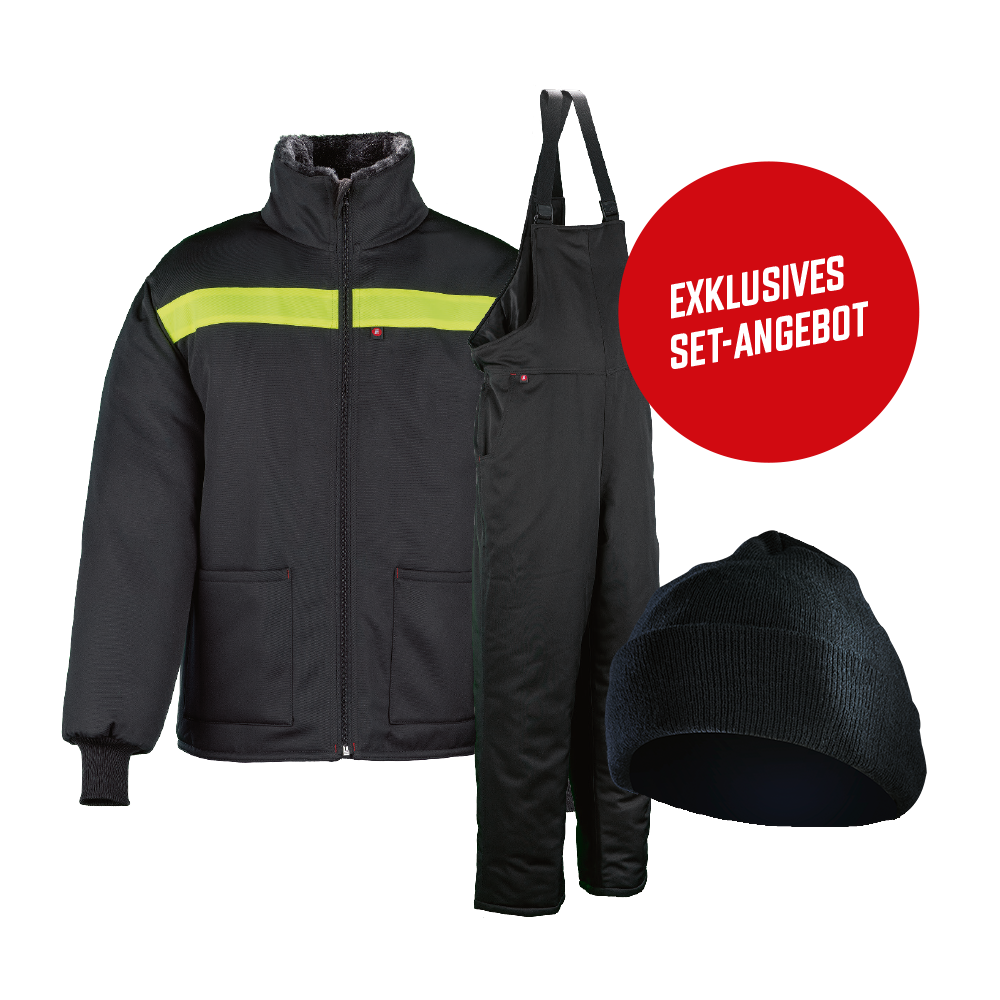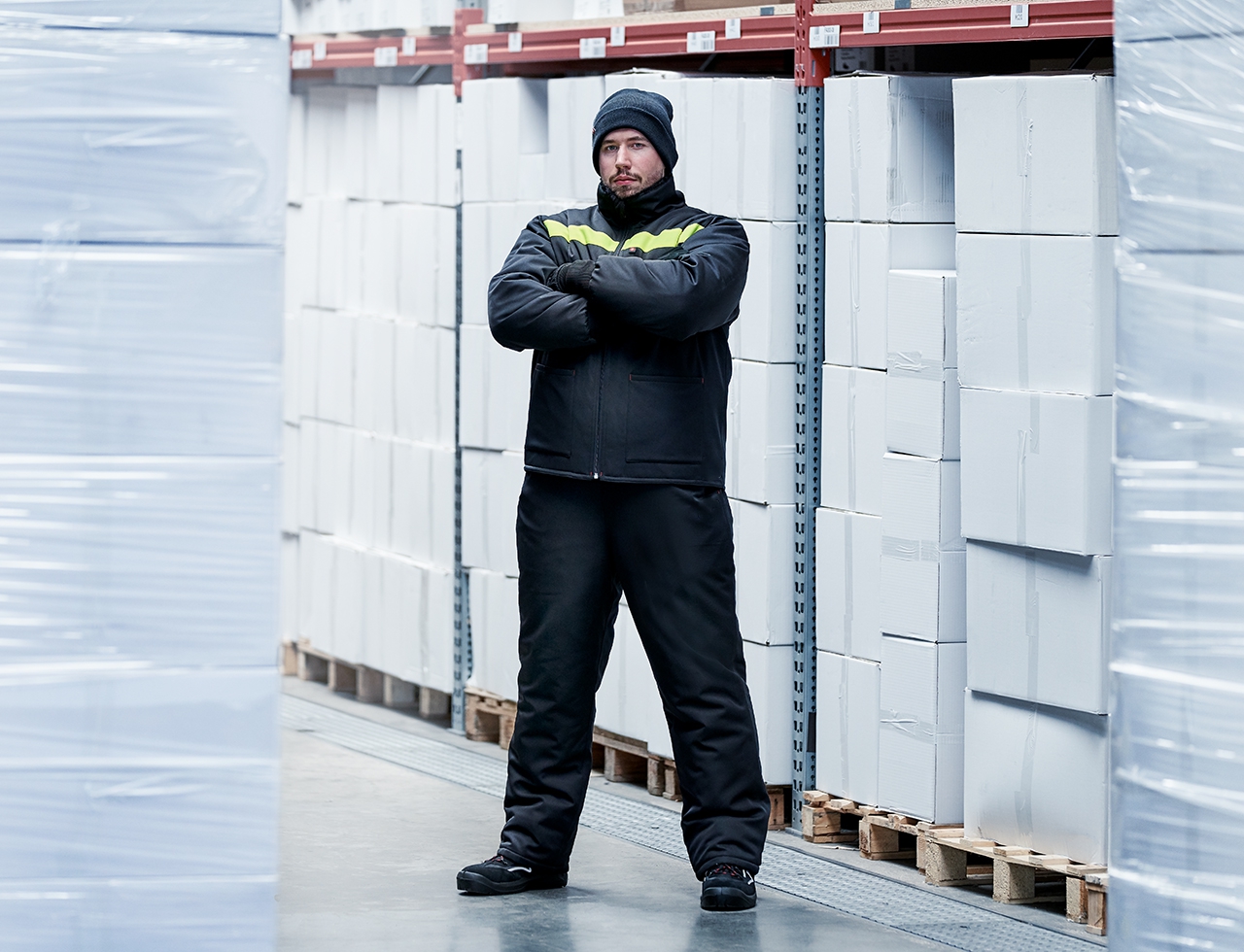



















Logistics Clothing for Safe Working.
In the logistics sector, the right gear is very important. We have the right clothing for every area. From head to toe, we offer you the right products for optimal work. Freezer clothing, cold storage clothing, underwear clothing and clothing for fleet and logistics. Our products are available in various designs, sizes, materials and colours. In addition, we also offer sufficient accessories for the logistics clothing sector.
Logistics Clothing
When it comes to clothing in the logistics sector, there is little room for discussion. Especially in the trades or logistics, workwear that complies with regulations is required under all circumstances. Logistics clothing must prevent occupational hazards. Thus, there are usually no problems of acceptance among employees.
Logistics clothing varies depending on the work area and the associated hazards. Whether head protection, safety shoes or hearing protection, logistics clothing must be provided by the employer for the health of the workers. In addition, the protective clothing and equipment must be regularly checked for functionality. If this is not fulfilled, there is a risk of fines, legal consequences and liability for damages.
The employer is responsible for the provision of safe logistics clothing. The employer must conscientiously comply with the prescribed protective measures at all times.
However, in sectors where there is no direct occupational health risk, employers may still insist on a uniform appearance in the form of logistics clothing. This appearance plays a decisive role especially in customer contact. In this case, the dress code is laid down in advance in a company agreement or in the employment contract.
What does the work in logistics involve?
Logistics is about various processes in the supply chain from procurement, production and distribution to the sale of products. Transport and storage processes are planned, controlled, monitored and optioned from the purchase of goods through the value-added processes in the own company to the delivery to the customers.
In the field of logistics, wearing appropriate clothing is very important.
Workwear or protective clothing in logistics?
From a legal point of view, logistics clothing is divided into two terms:
1. Protective clothing:
This is prescribed by law. Protective clothing protects the wearer from accidents or health impairments that may result from their work.
2. Workwear:
Work clothing serves as a substitute or supplement for everyday clothing. It does not serve to protect against accidents or health impairments. Therefore, work clothing is not required by law.
Cold protective clothing in logistics
Cold-protective clothing protects the body against the cold to a certain degree and for a certain duration, whereby thermal insulation and air permeability are considered indispensable properties. The task of cold-protective clothing is to build up an insulating layer of air around the body. The air cushion formed protects the wearer especially when he is not able to assess the danger posed by the low temperature in a reasonable time. The degree of protection provided by cold protective clothing depends on the ambient temperature and physical activity. When working in wet environments, protective clothing against cool environments should have an appropriate resistance to moisture penetration.
Standard EN 342 and EN 14058
In principle, cold protection clothing must be worn as logistics clothing when working at temperatures below -5 degrees Celsius (air temperature). When buying, it is important to make sure that suitable garments are always made according to the DIN standard EN 342 - conventional winter clothing does not meet this requirement.
The European standard EN 342 specifies the requirements and test methods for protective clothing against cold. Clothing certified according to EN 342 protects the wearer against temperatures of -5 °C and below. The EN 14058 standard (protective clothing against cold environments) protects the wearer comparatively only up to a temperature of -5 °C. The EN 342 standard therefore represents an increase in protection against cold compared to EN 14058 and is therefore more suitable for work in extreme temperatures, such as in cold stores.
Standard EN 343: Protective clothing - protection against rain
Resistance to water penetration and water vapour are the two most important properties tested in EN 343.
The following parameters are used:
- X: The resistance to water penetration
- Y: Water vapour transmission resistance; Breathing properties
Standard EN 20471: Warning clothing
Criteria for clothing to make the wearer highly visible and conspicuous in all light conditions, both during the day and at night. It serves as personal protective clothing in road traffic or other traffic areas.






